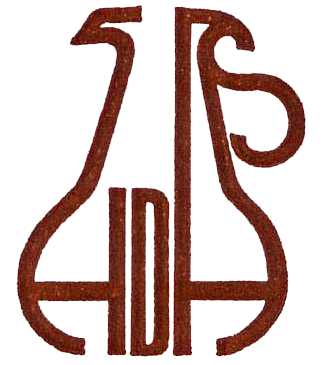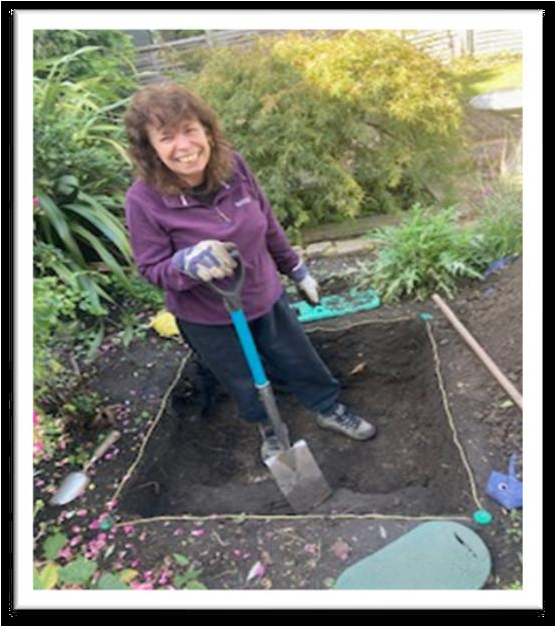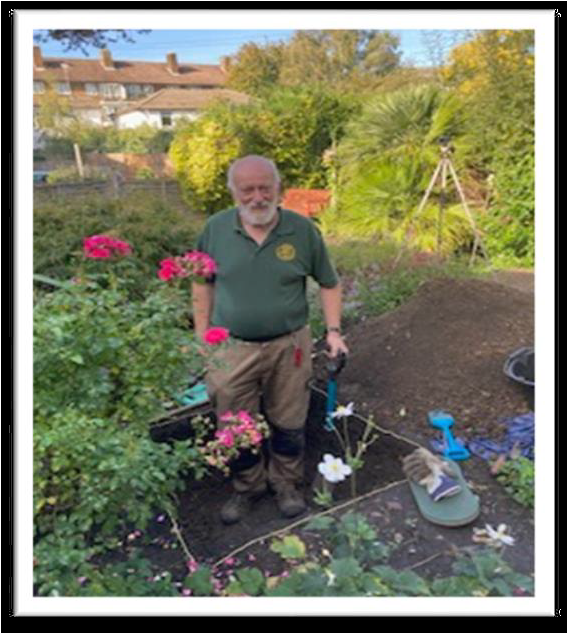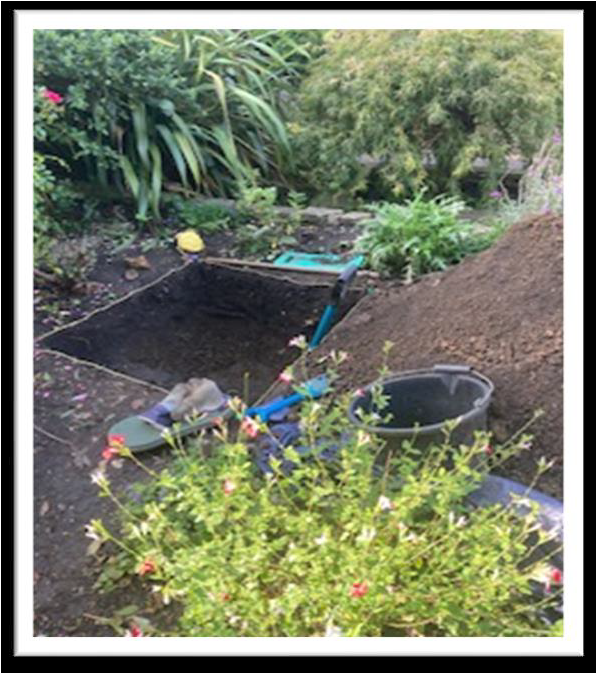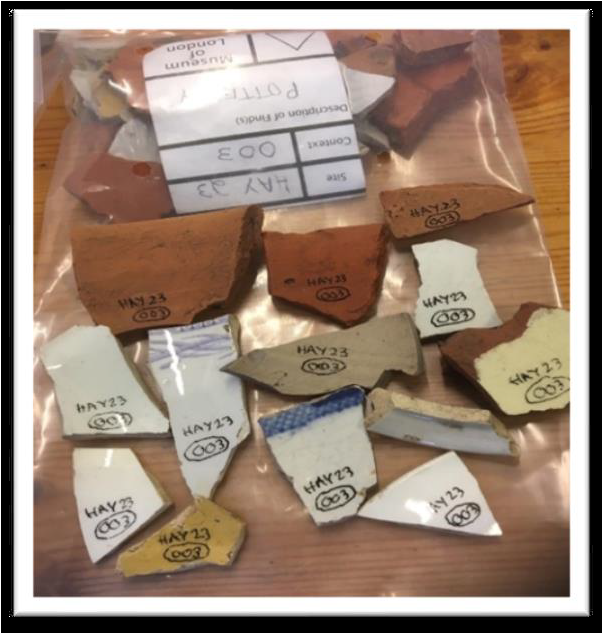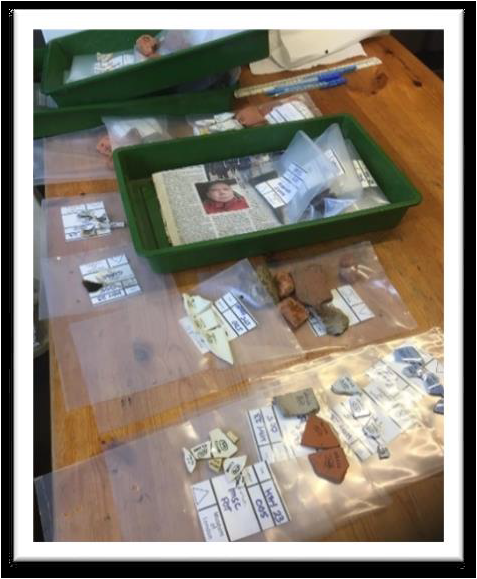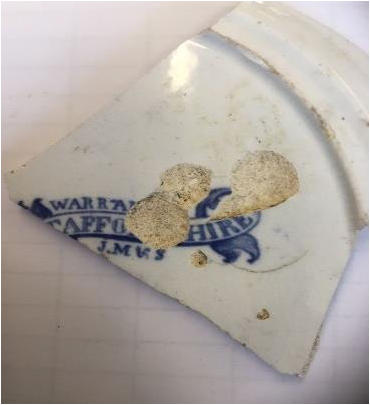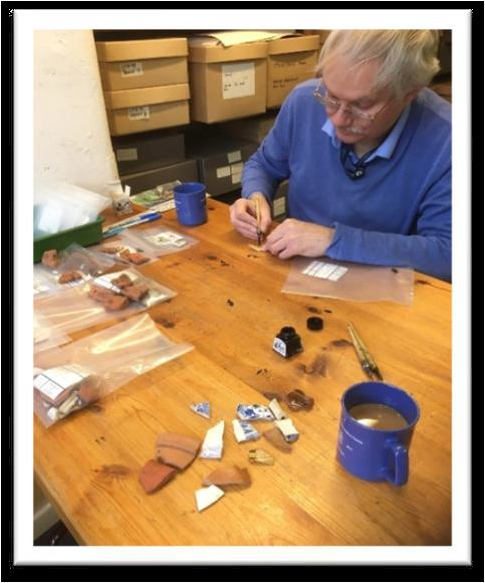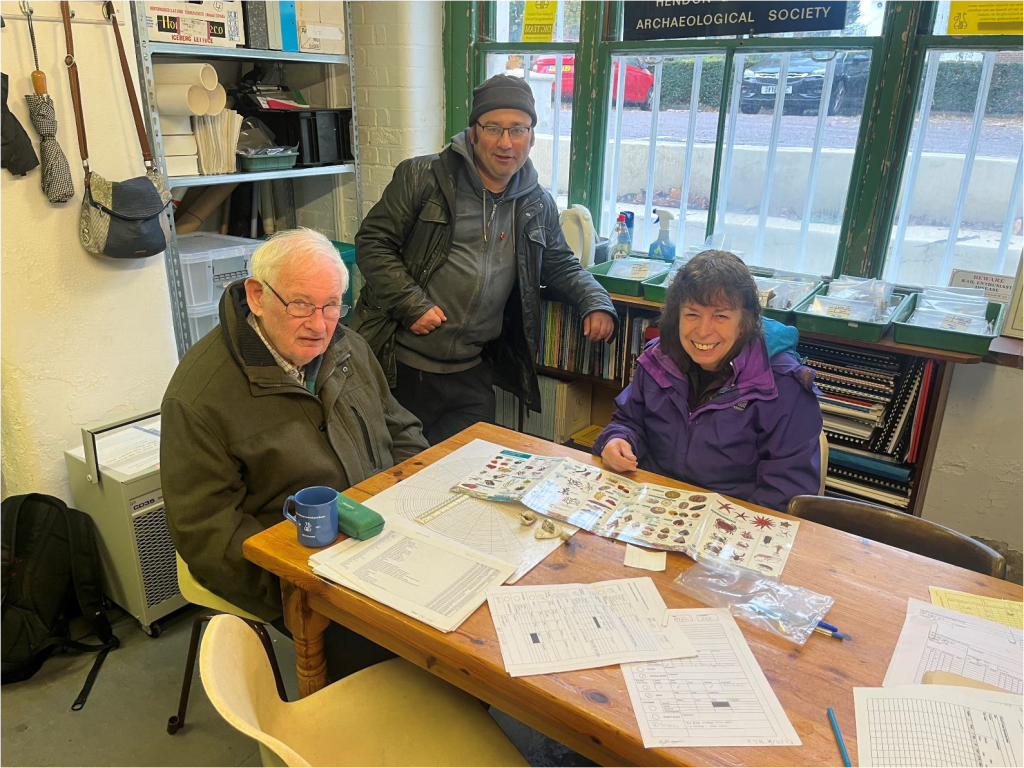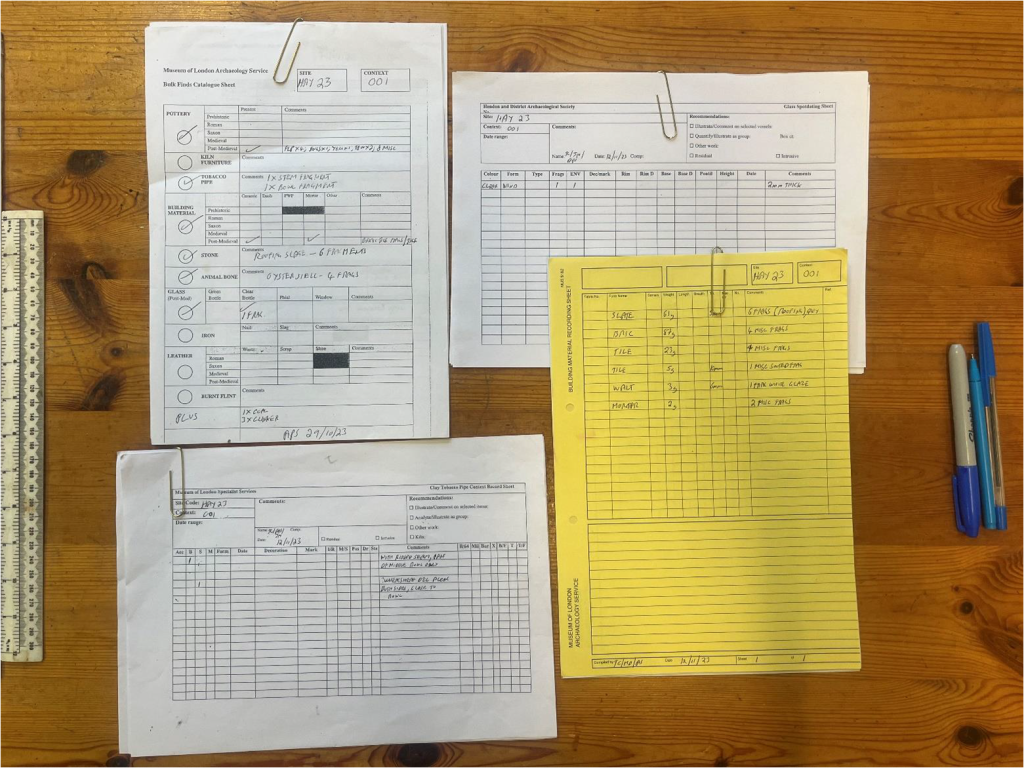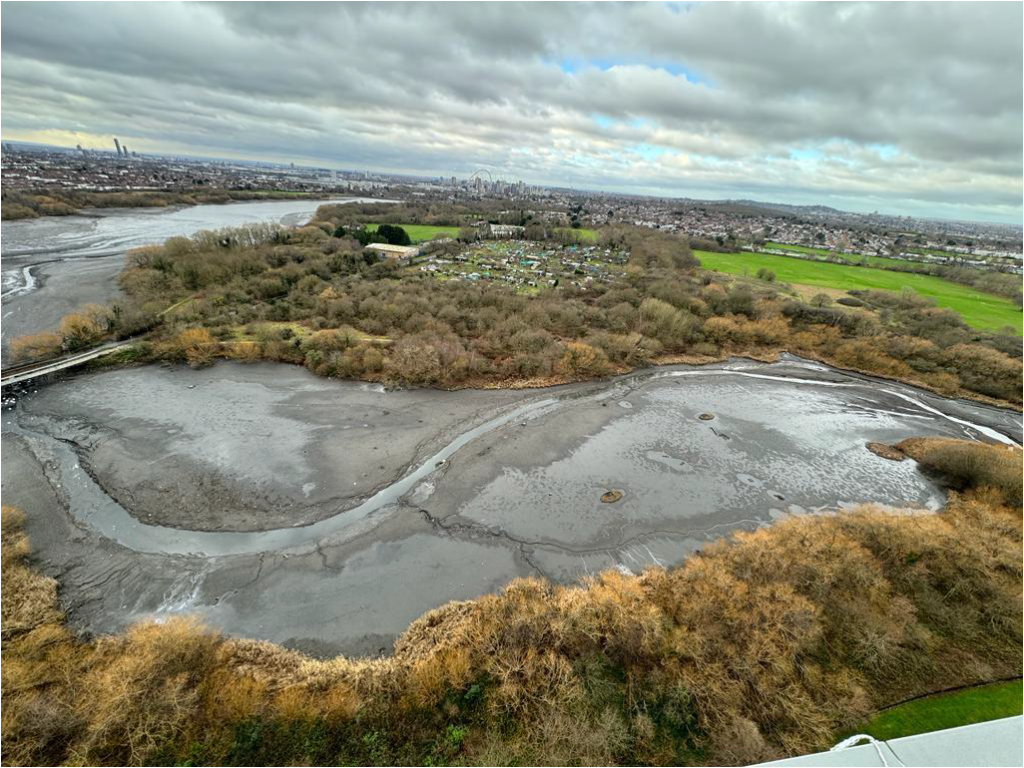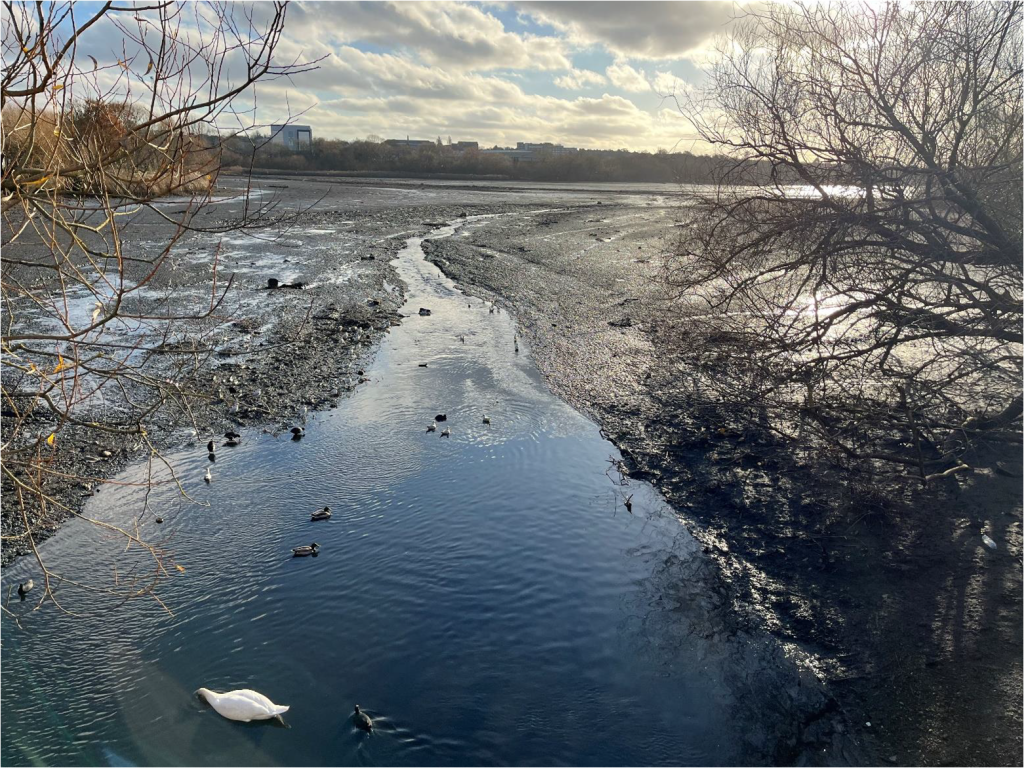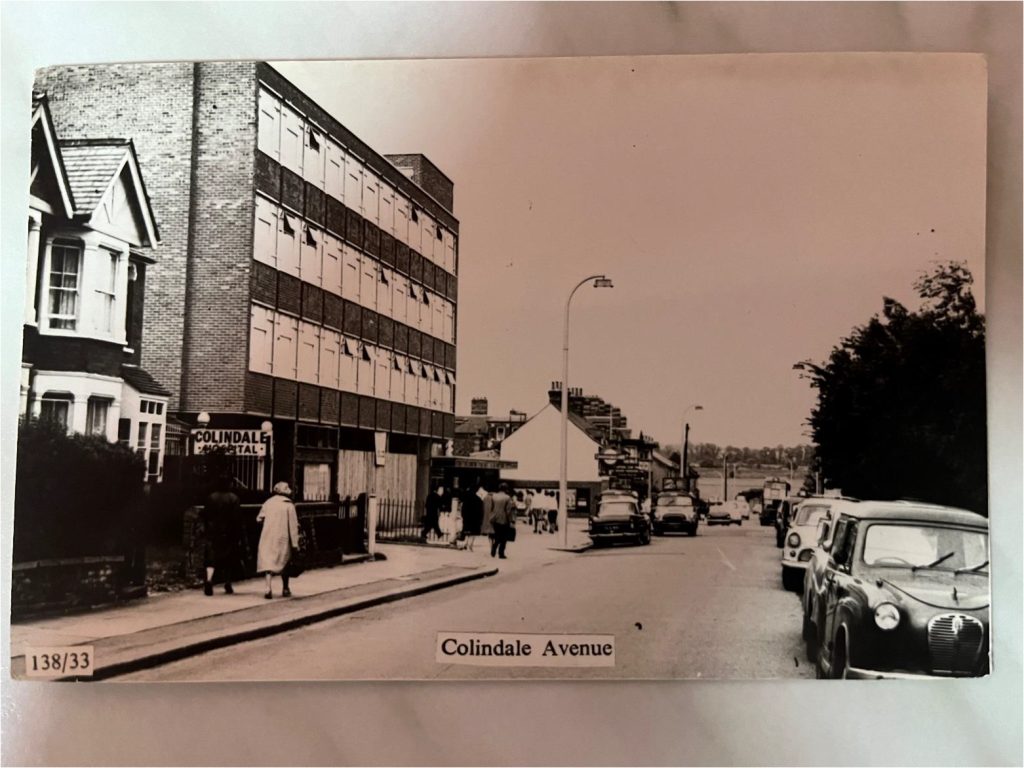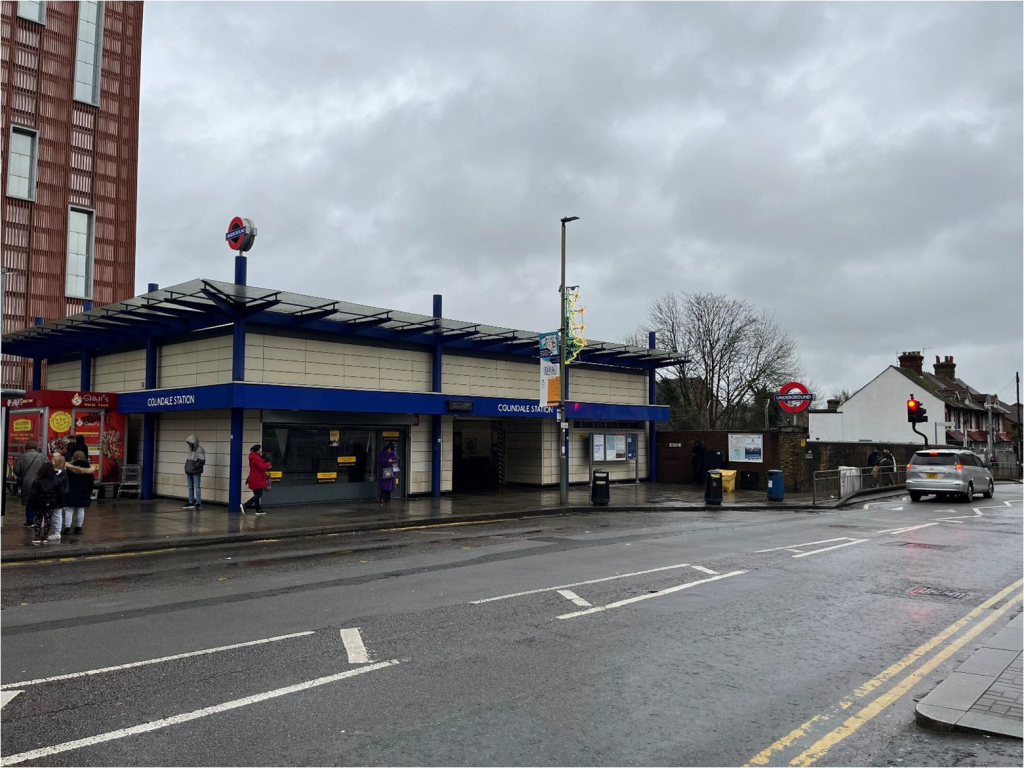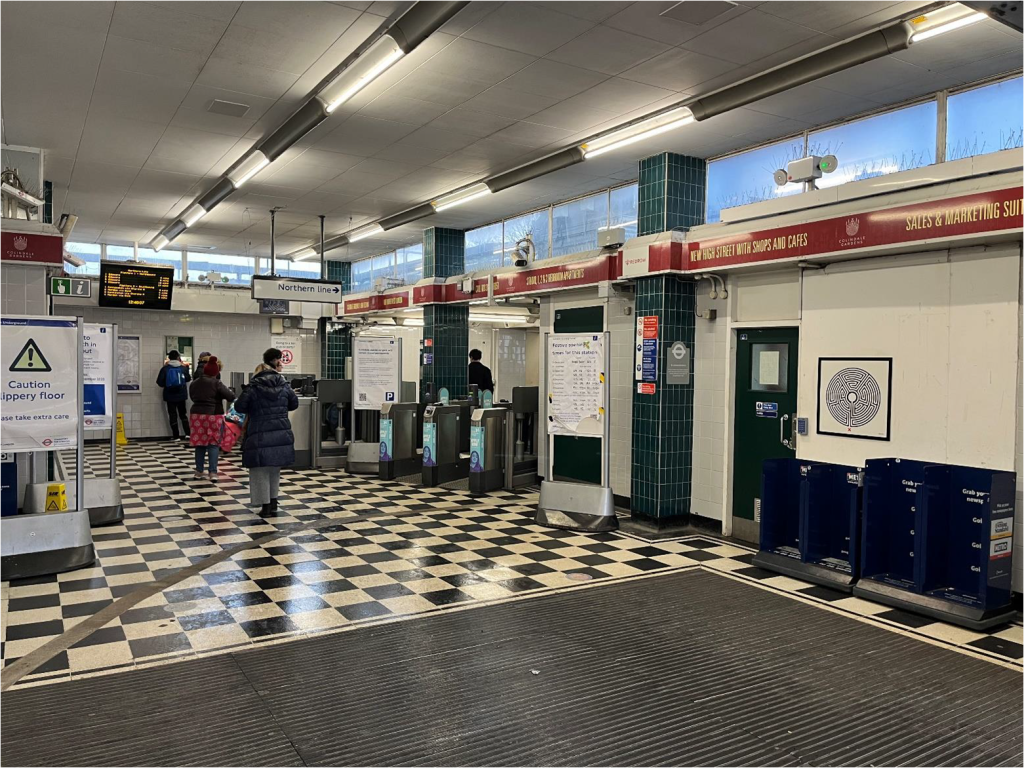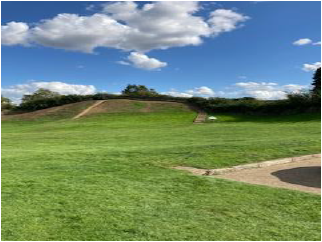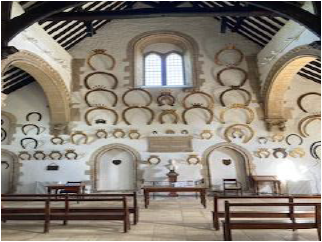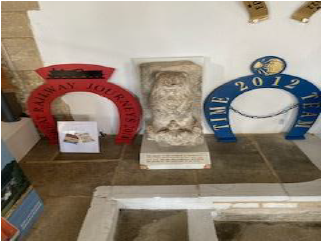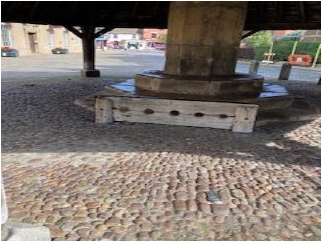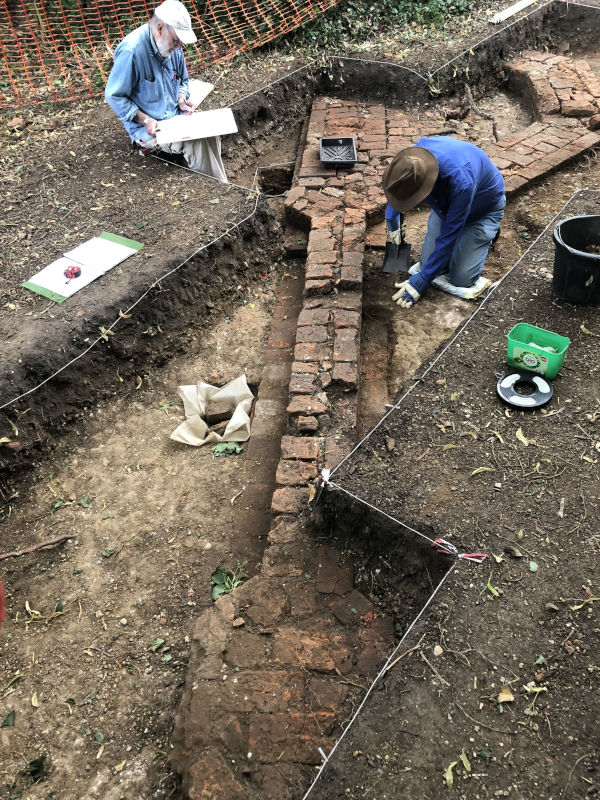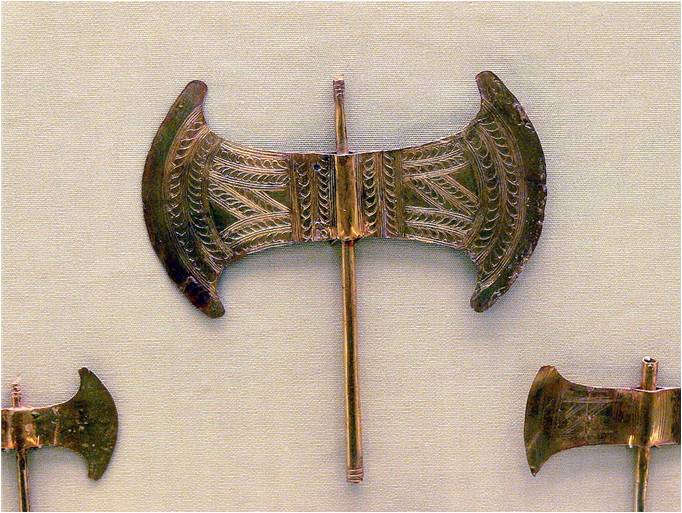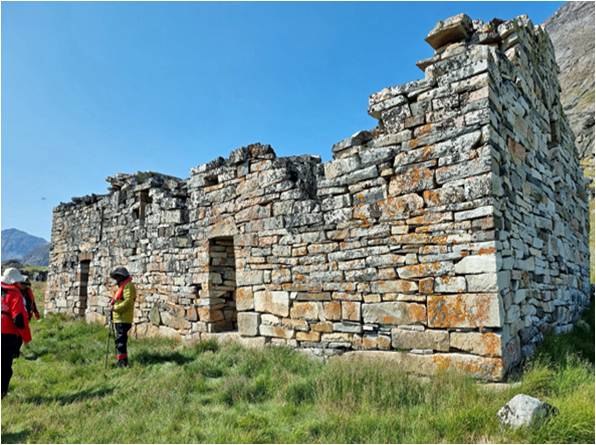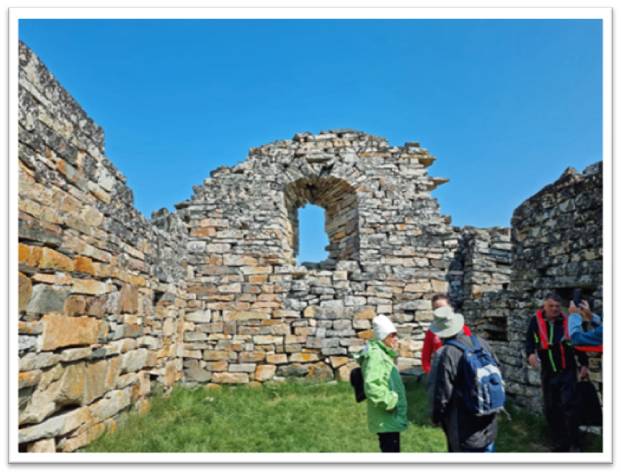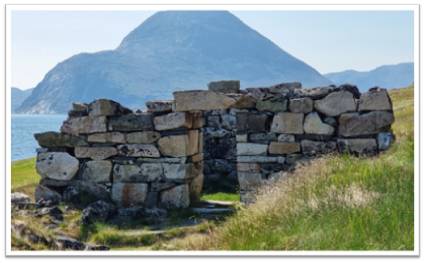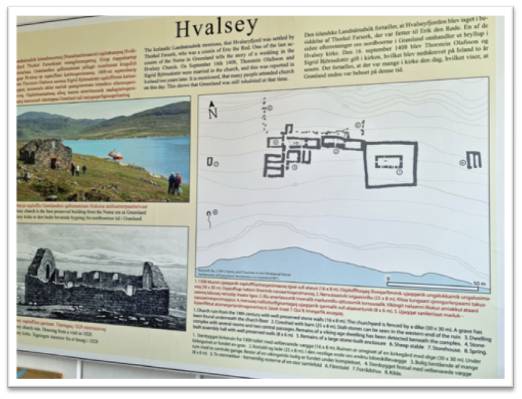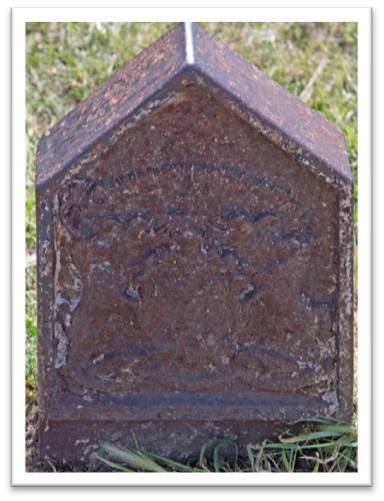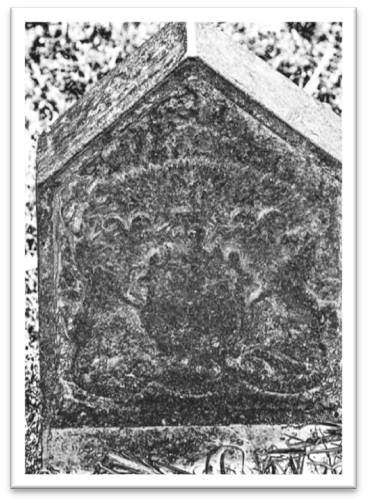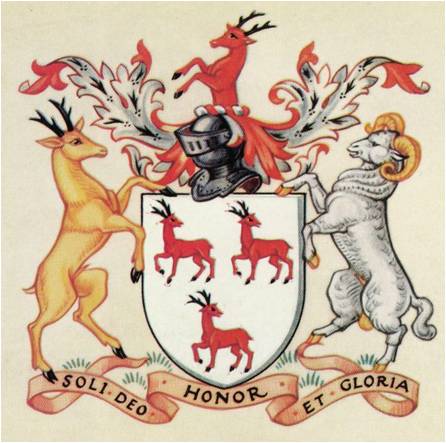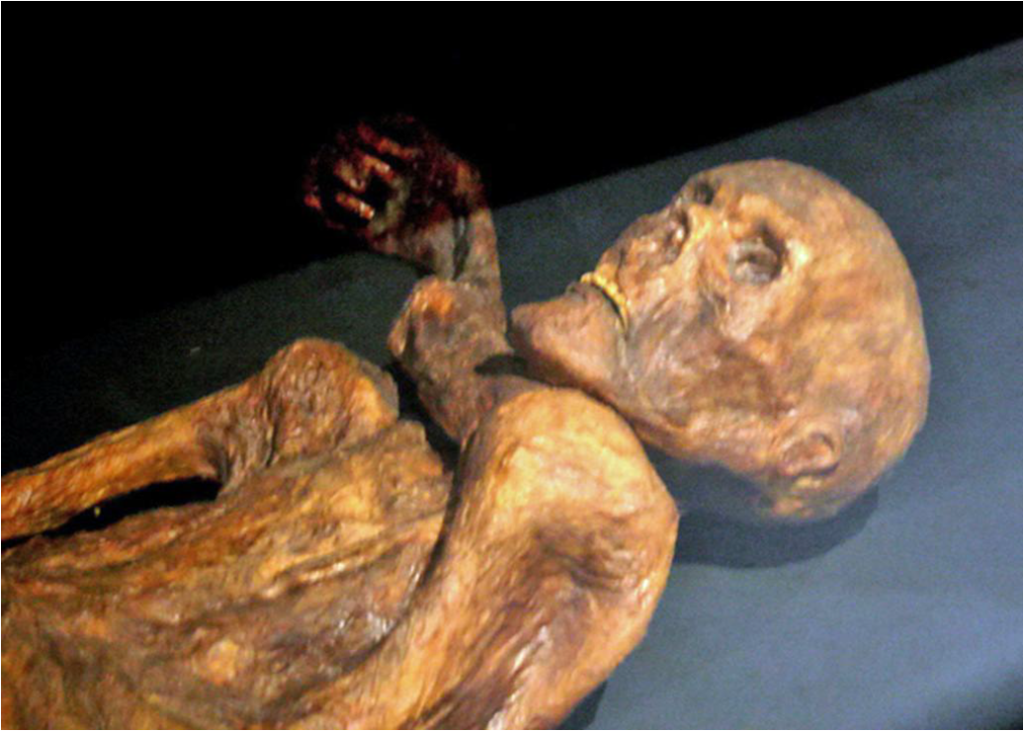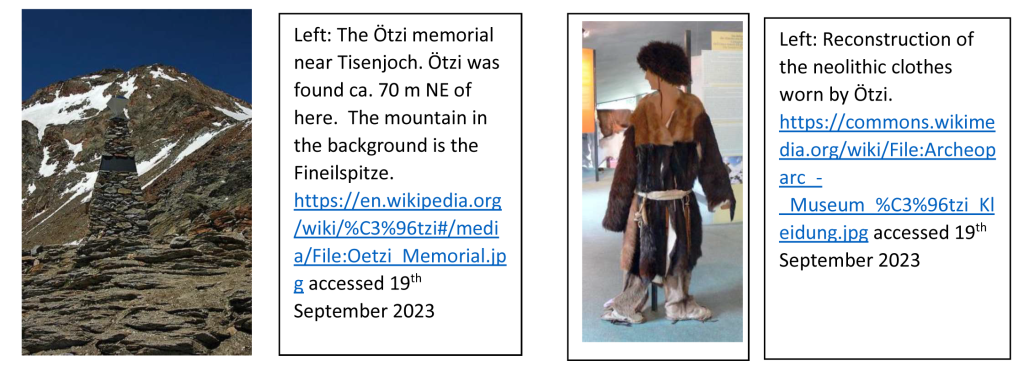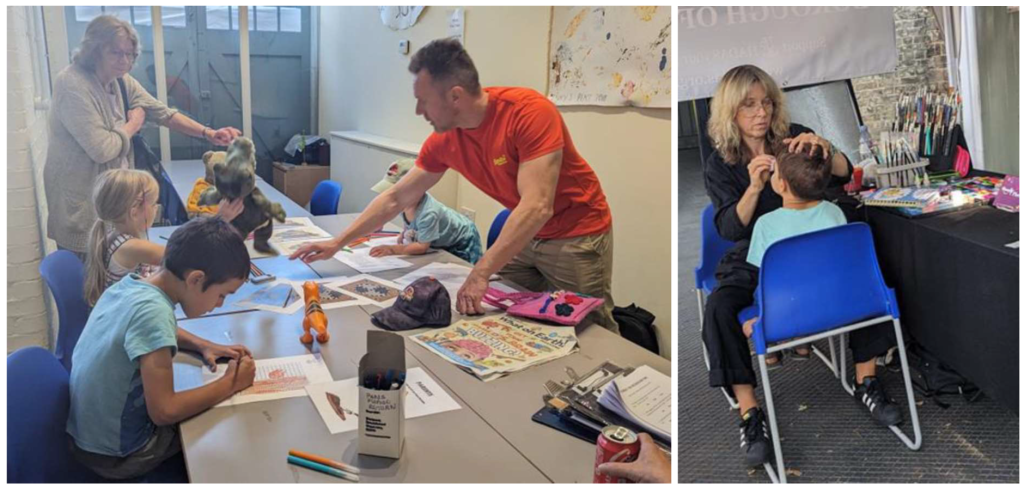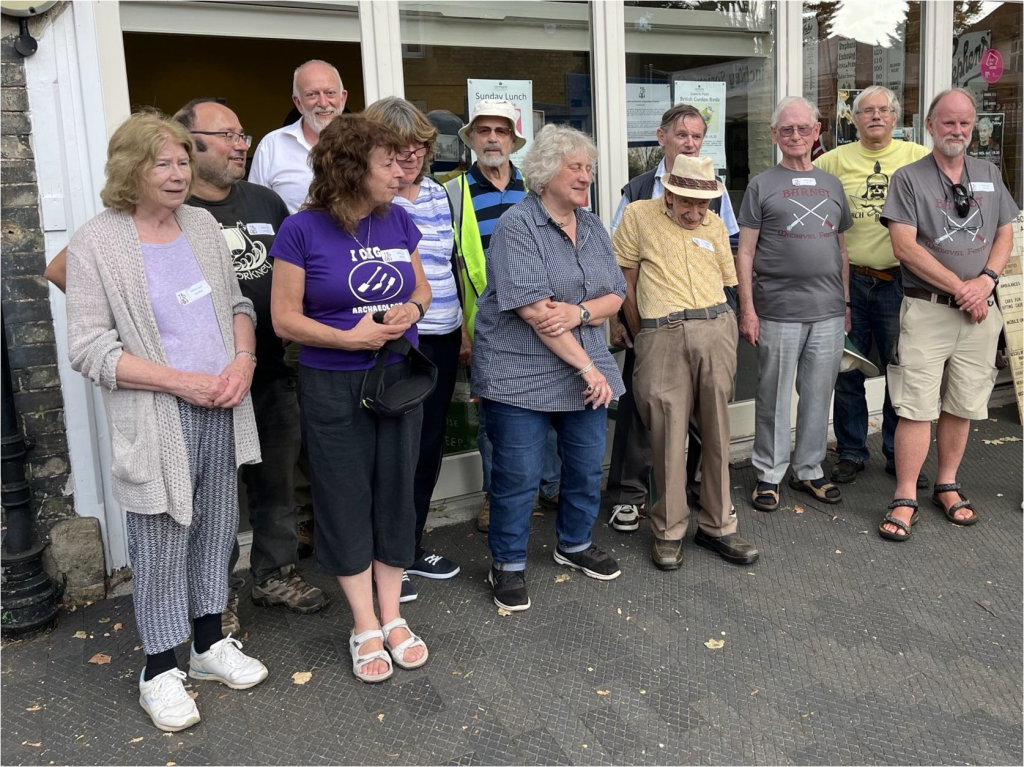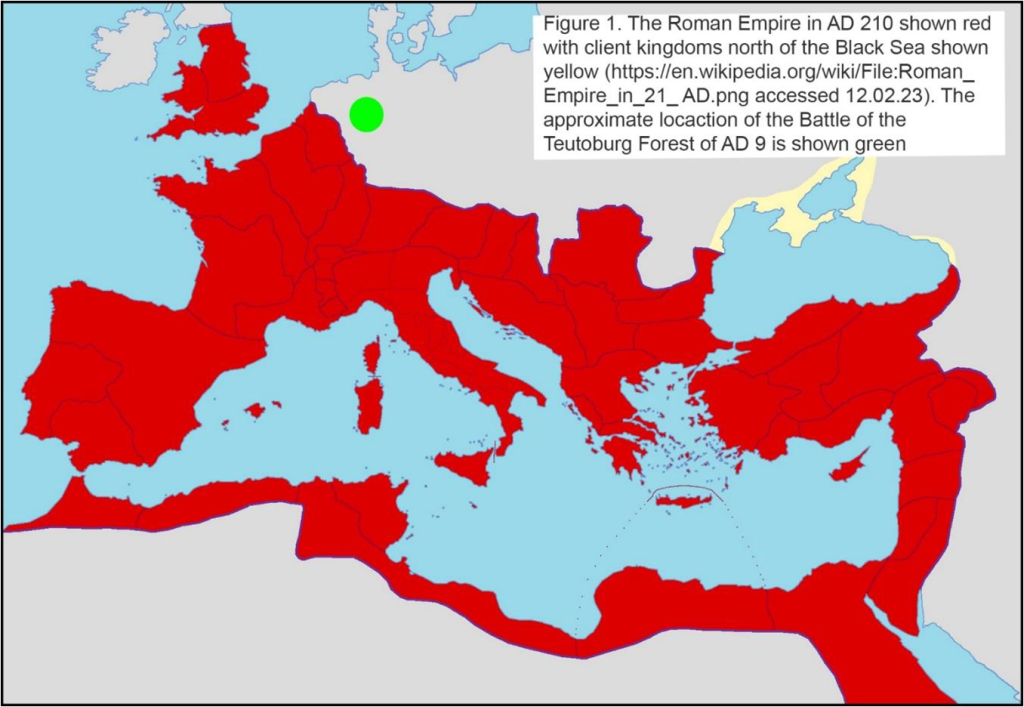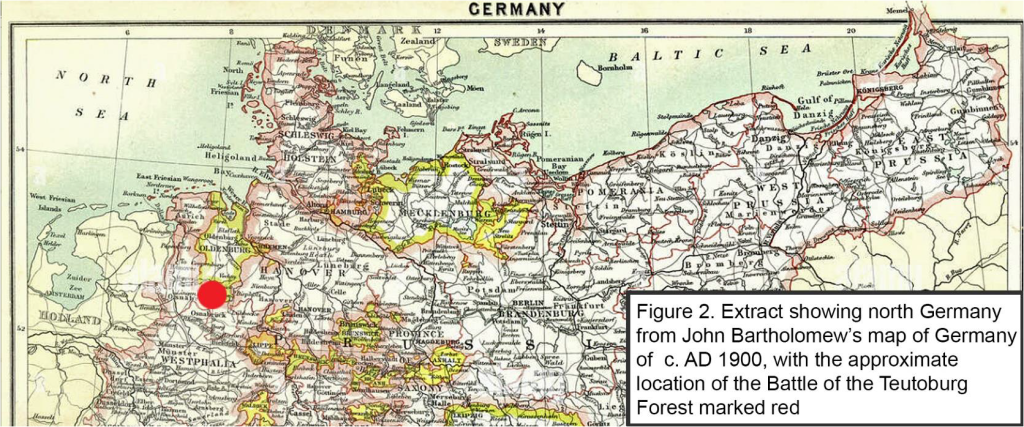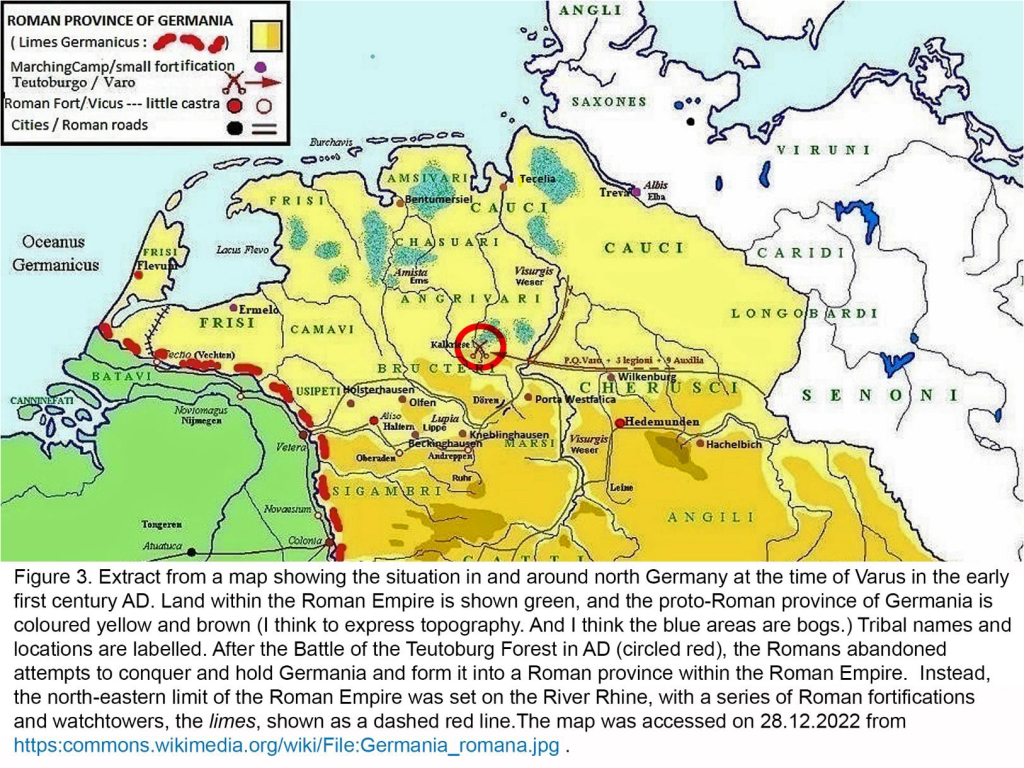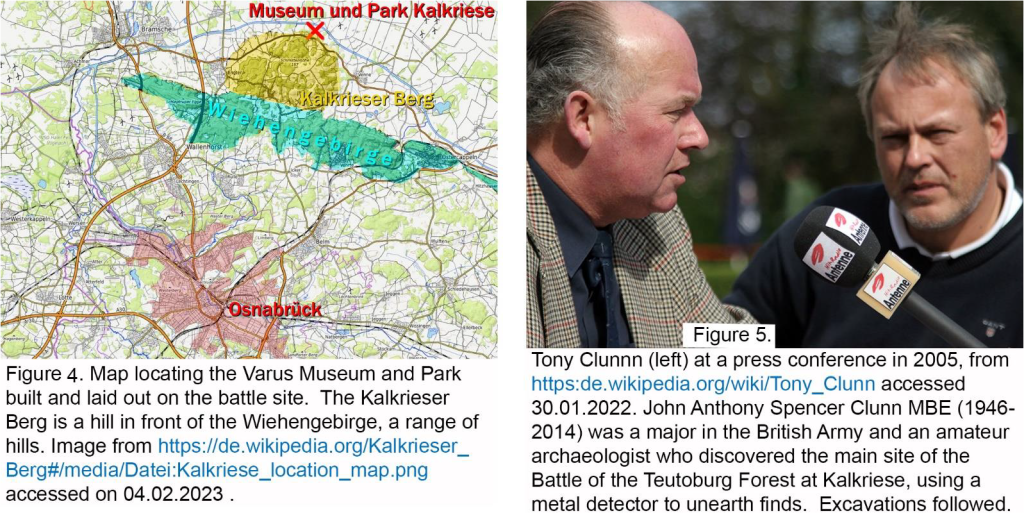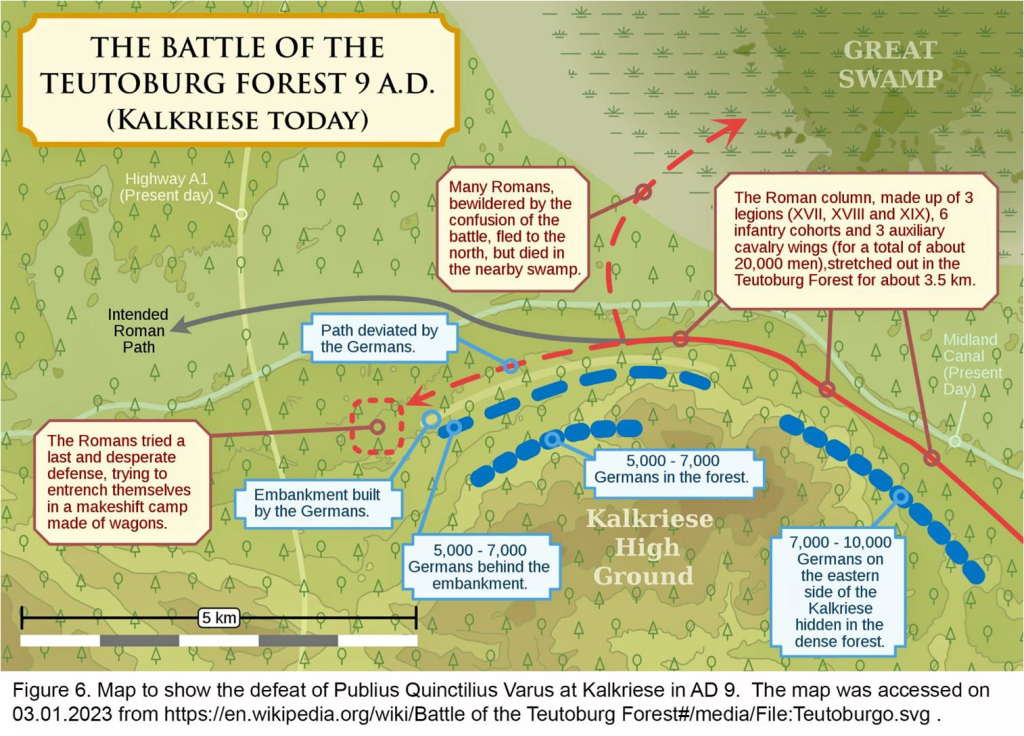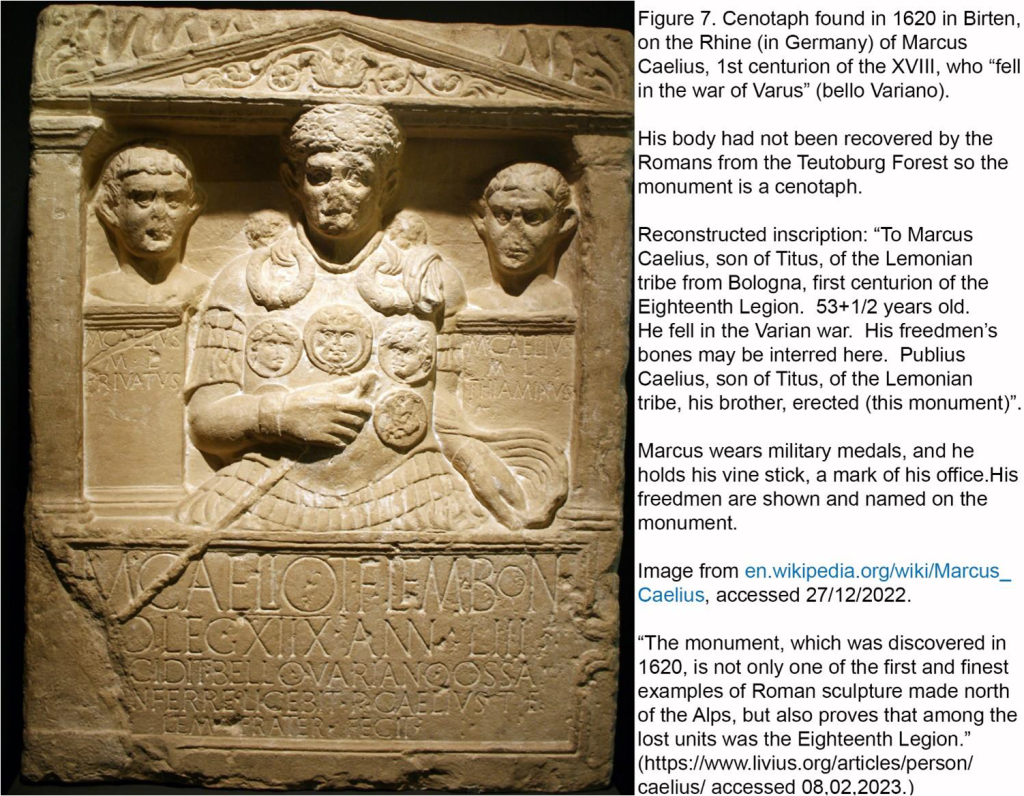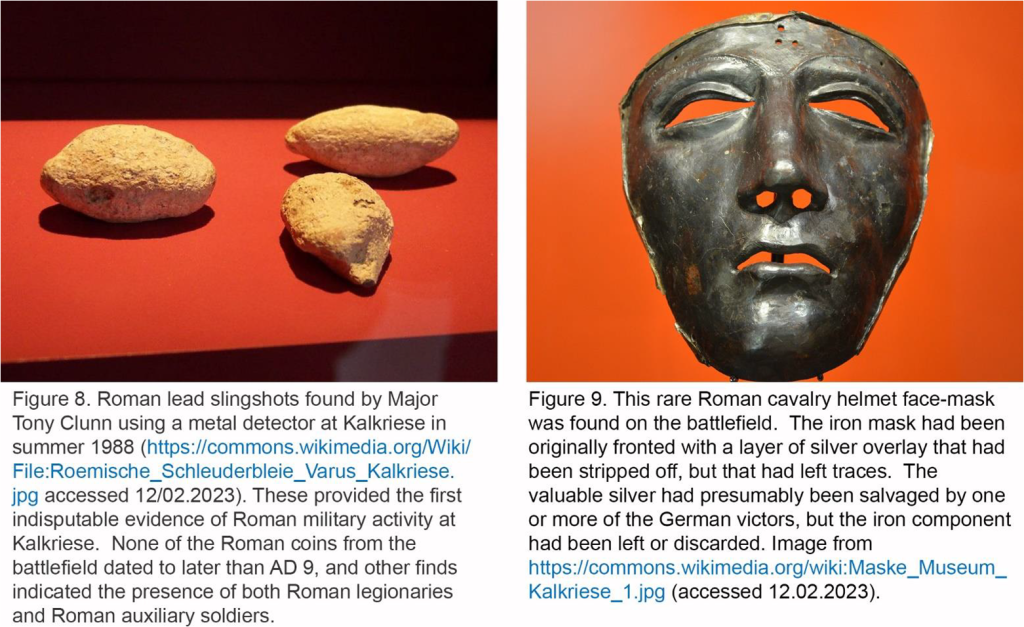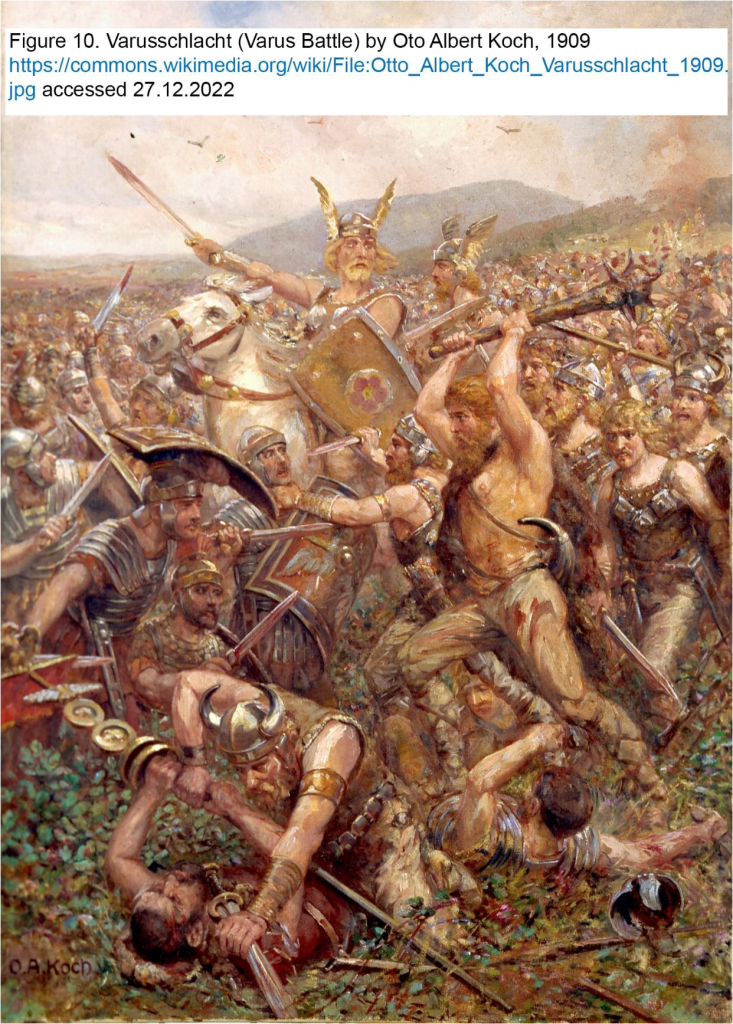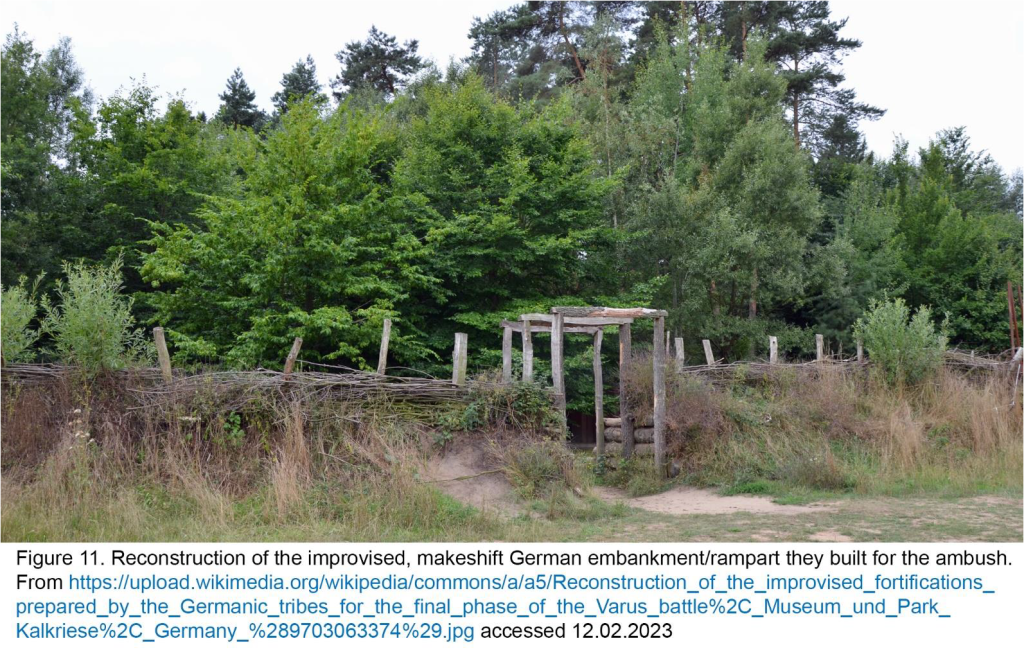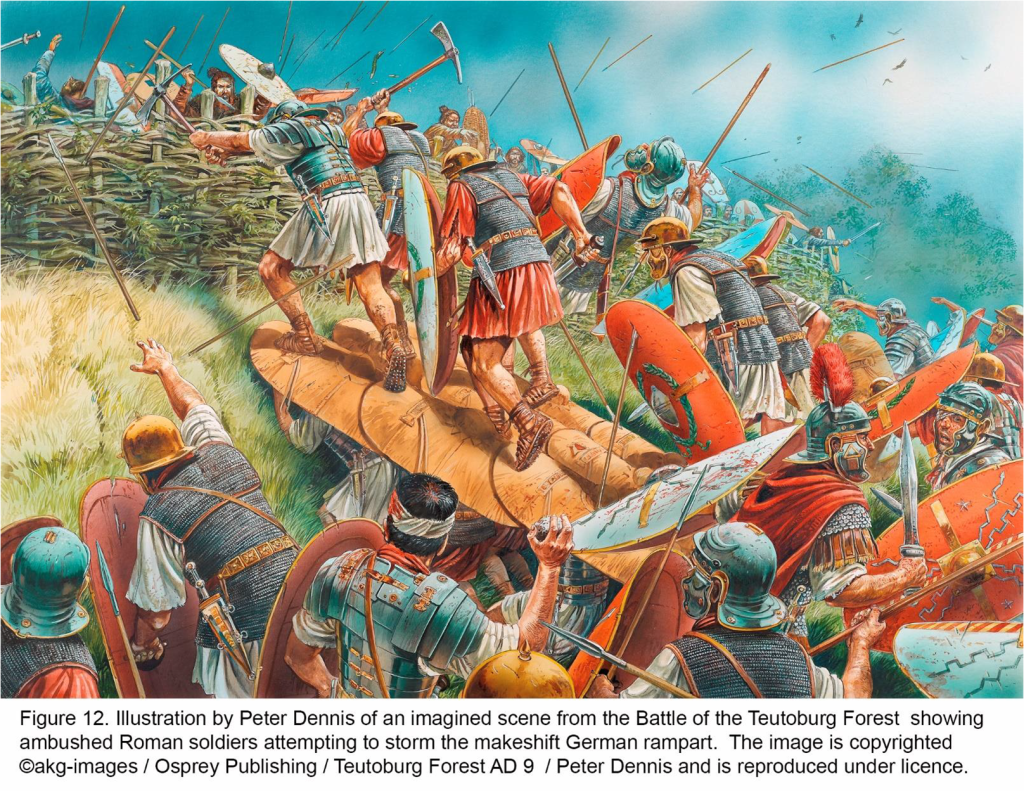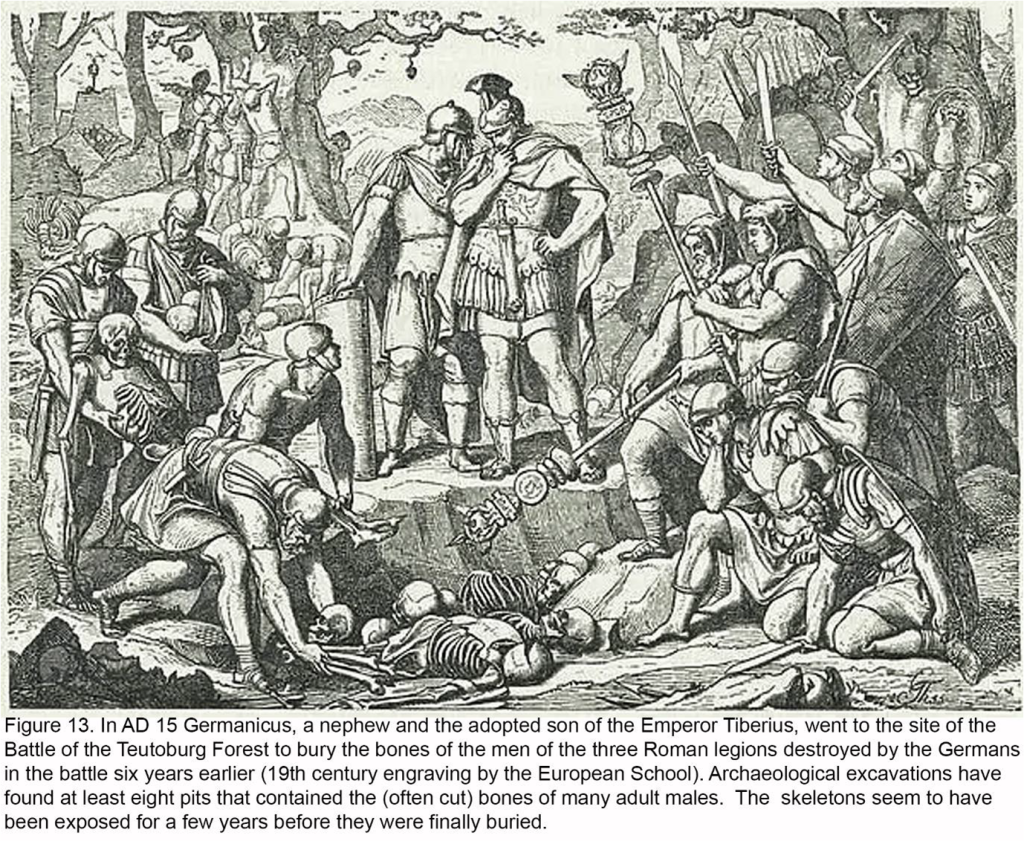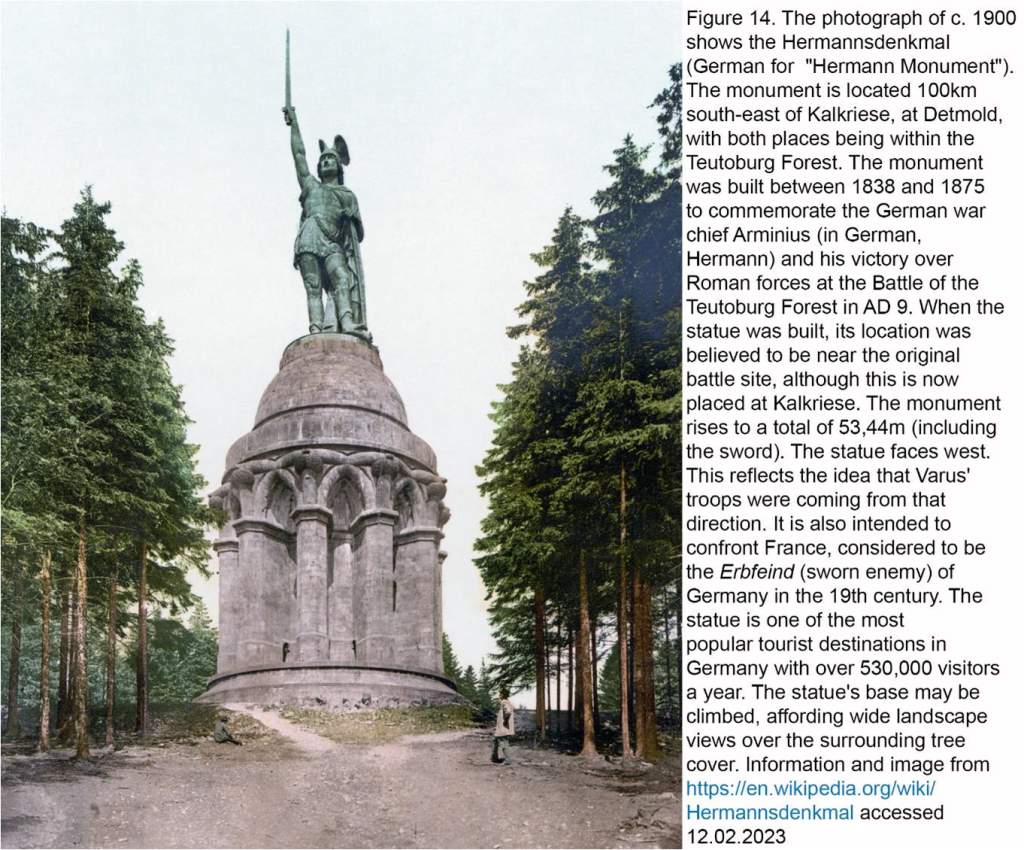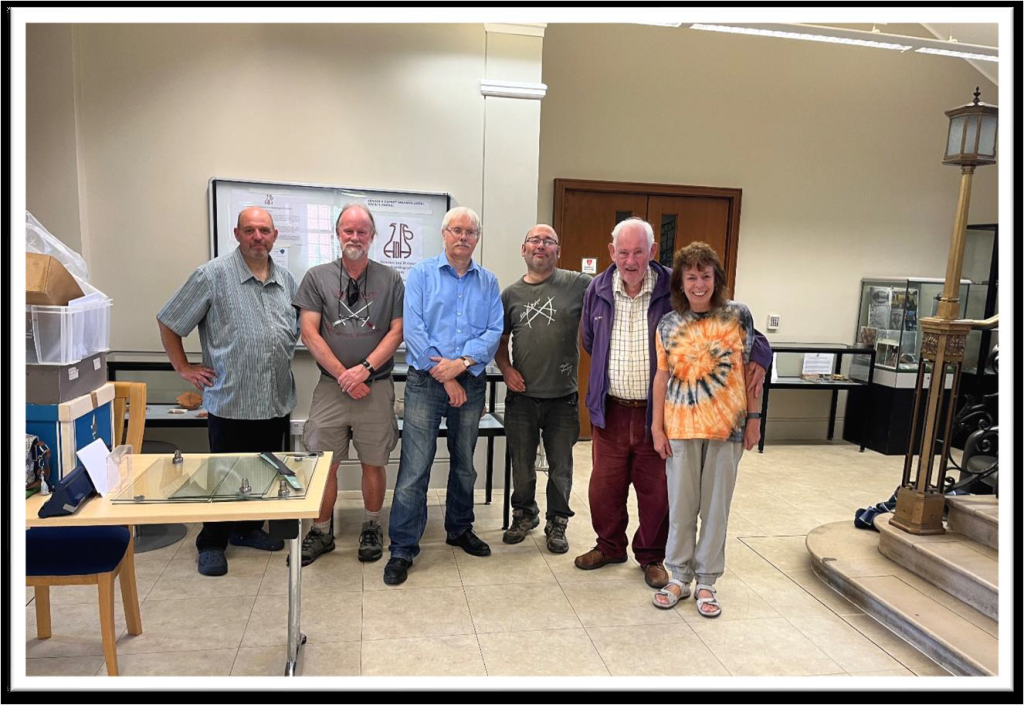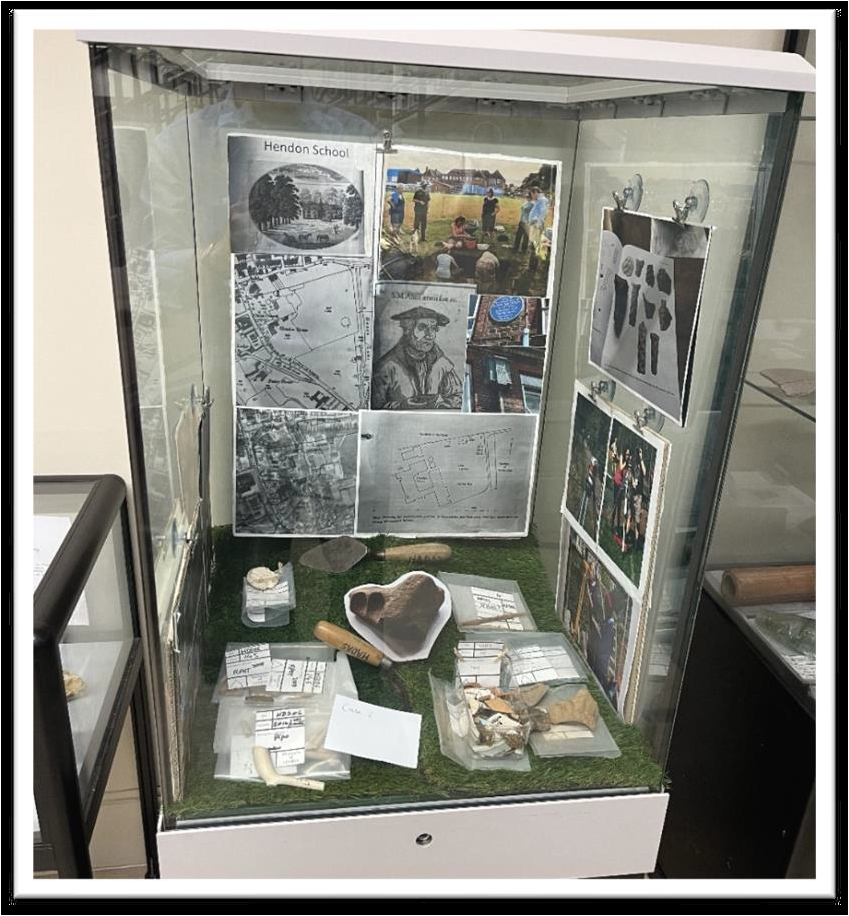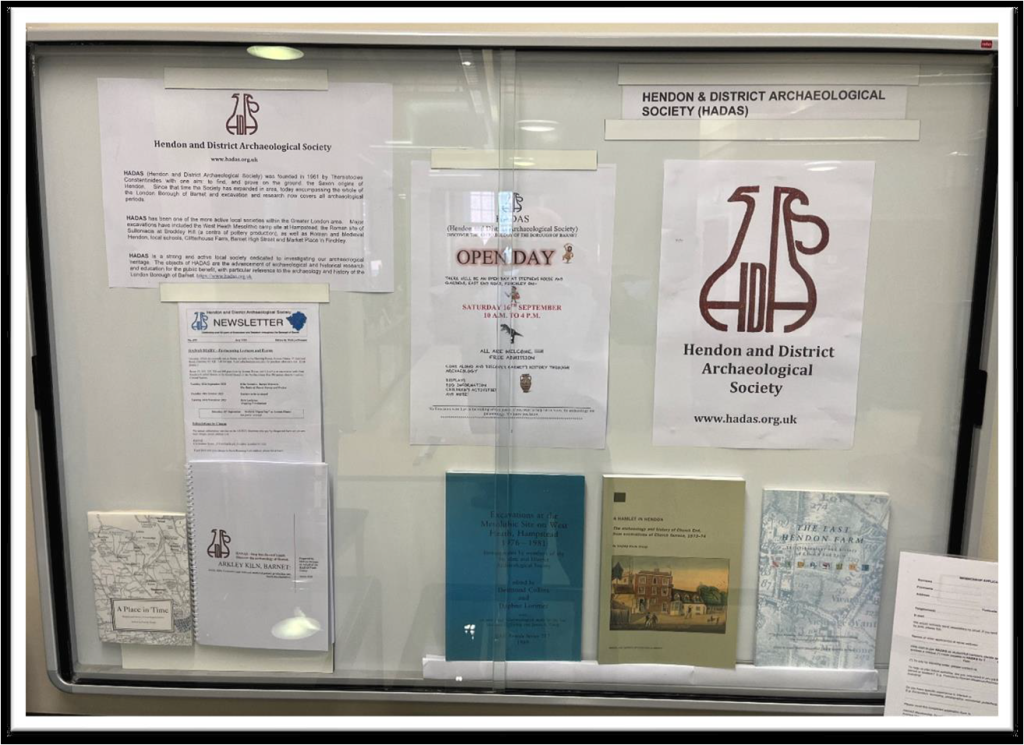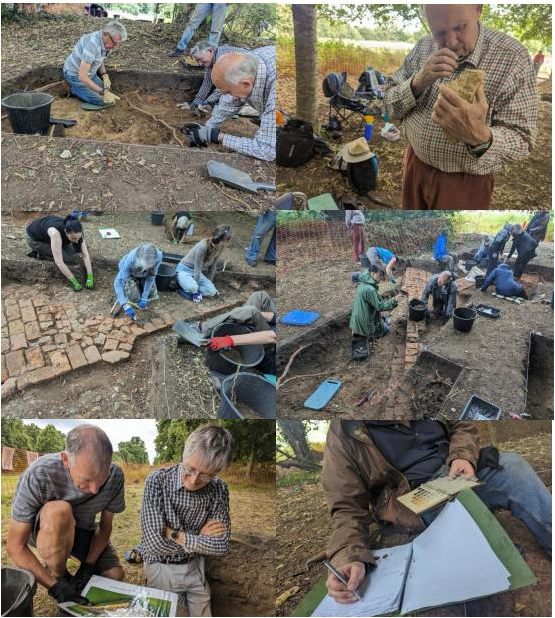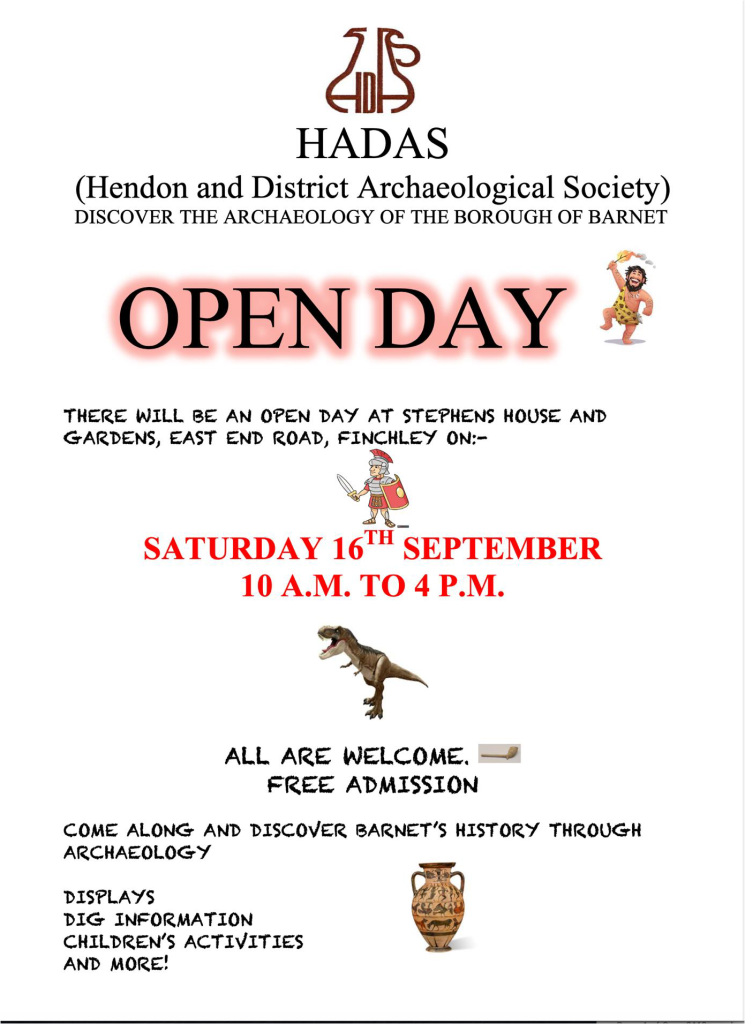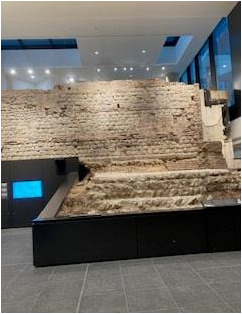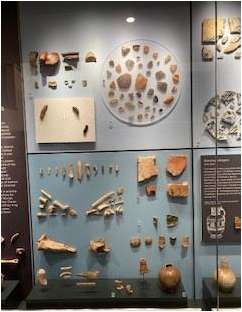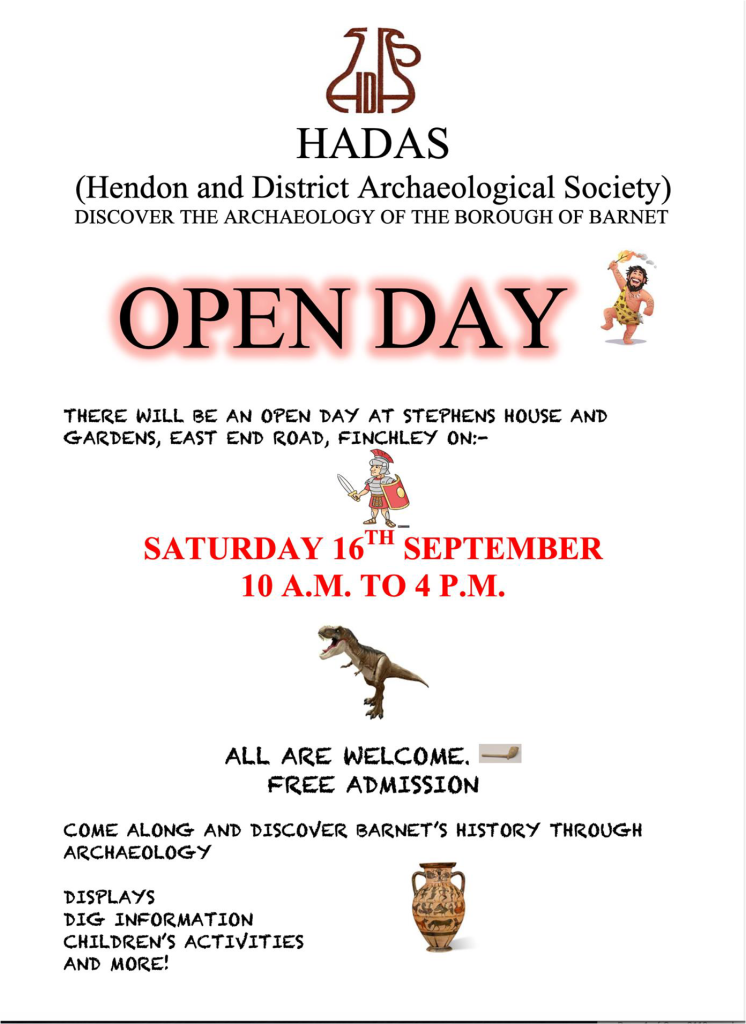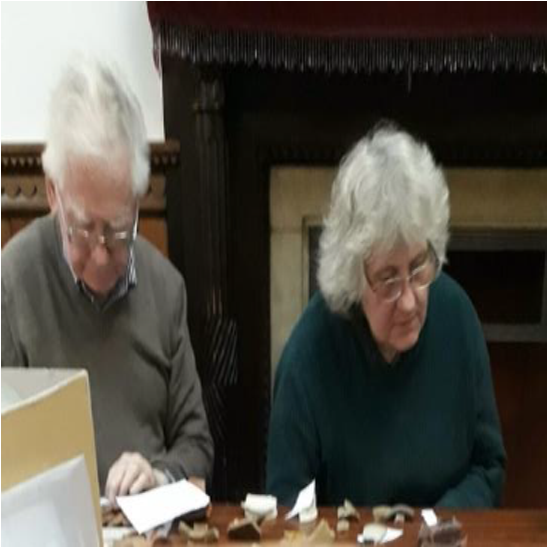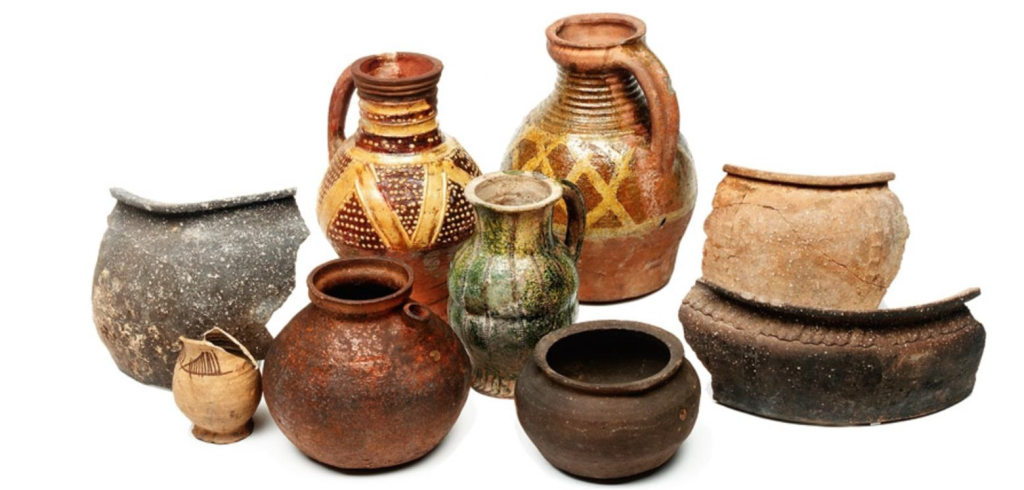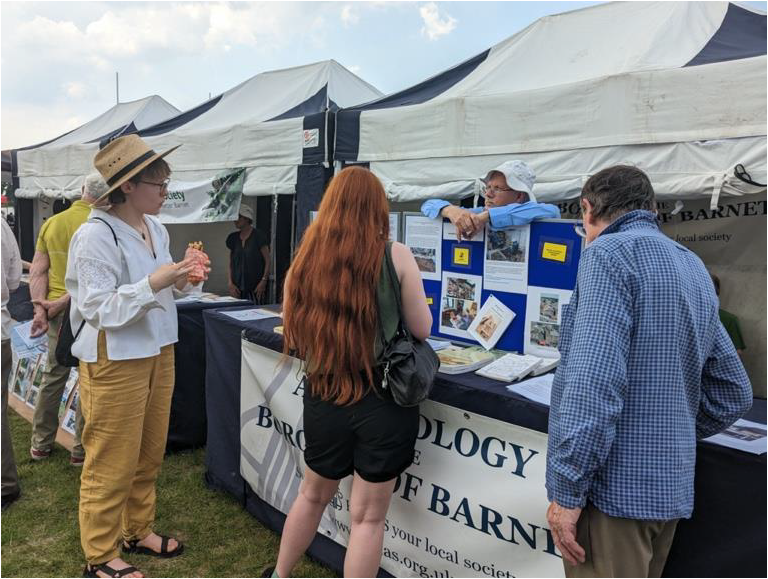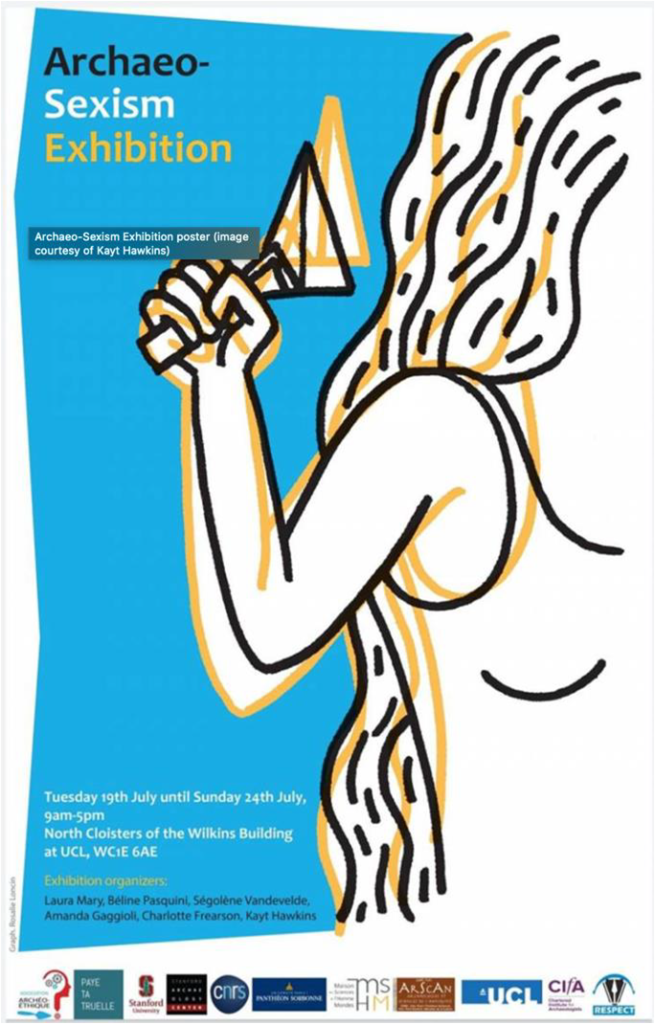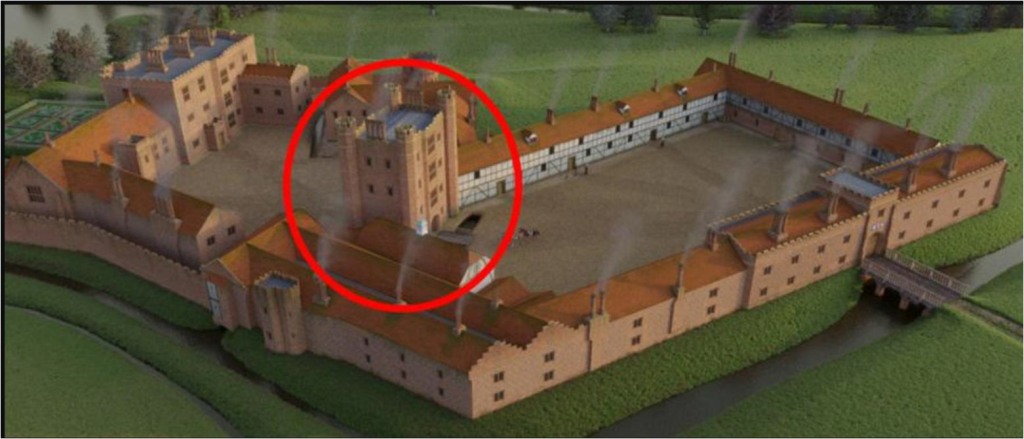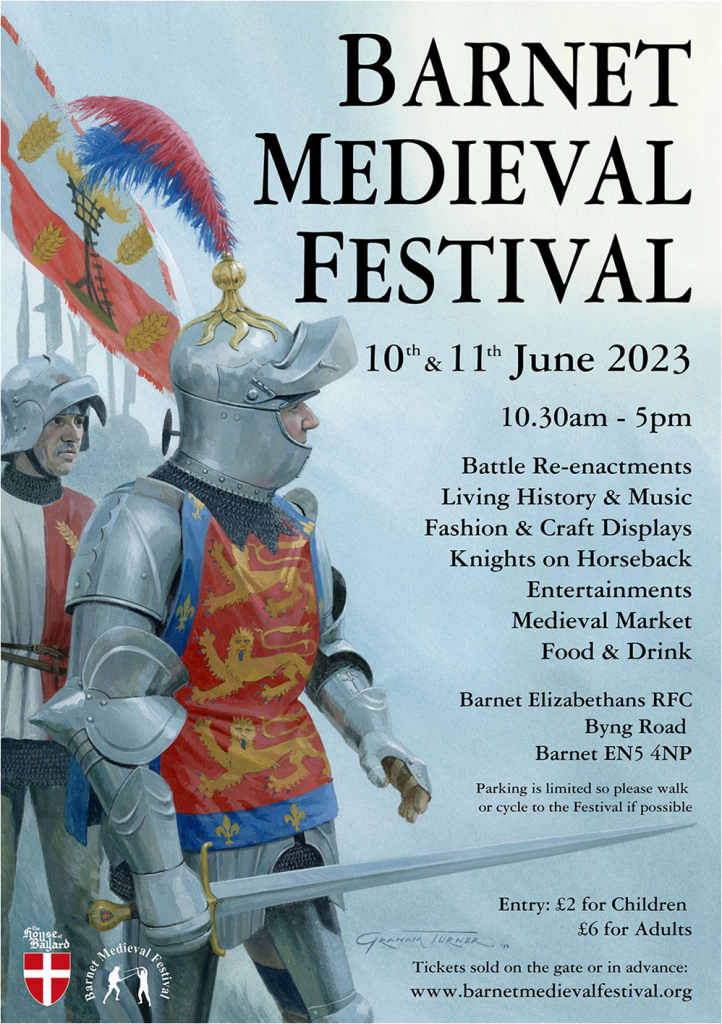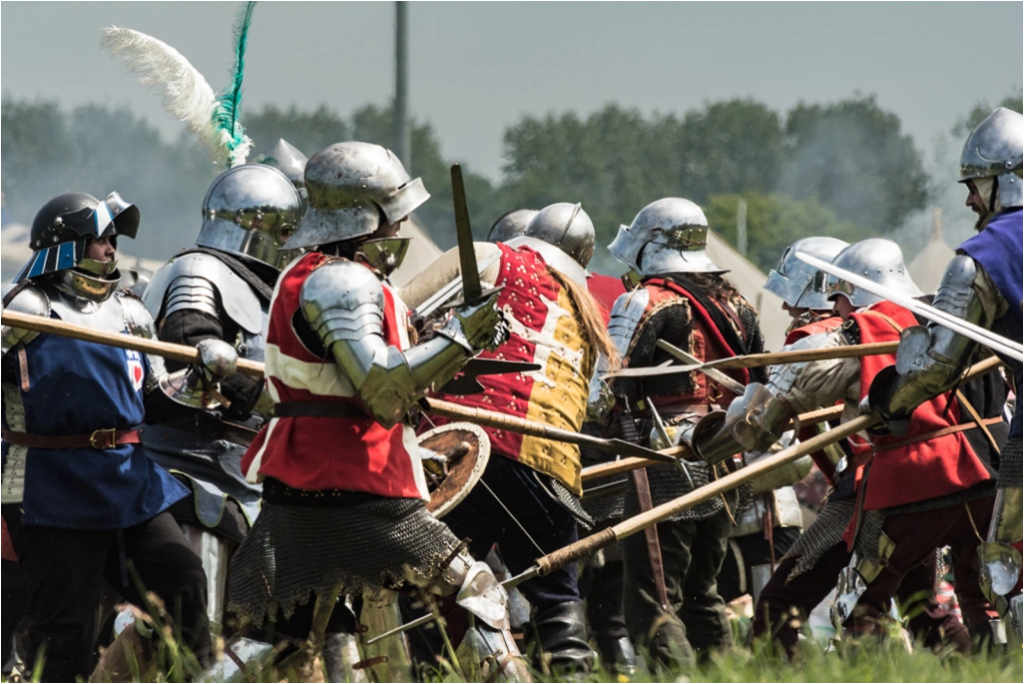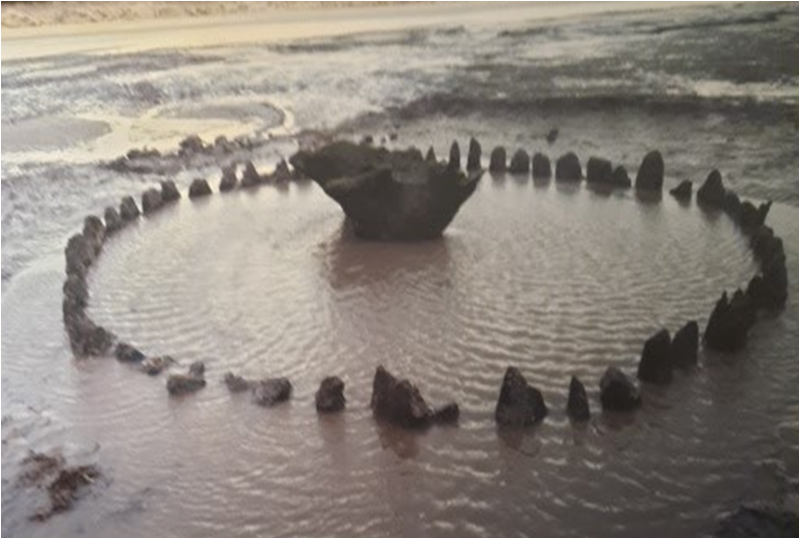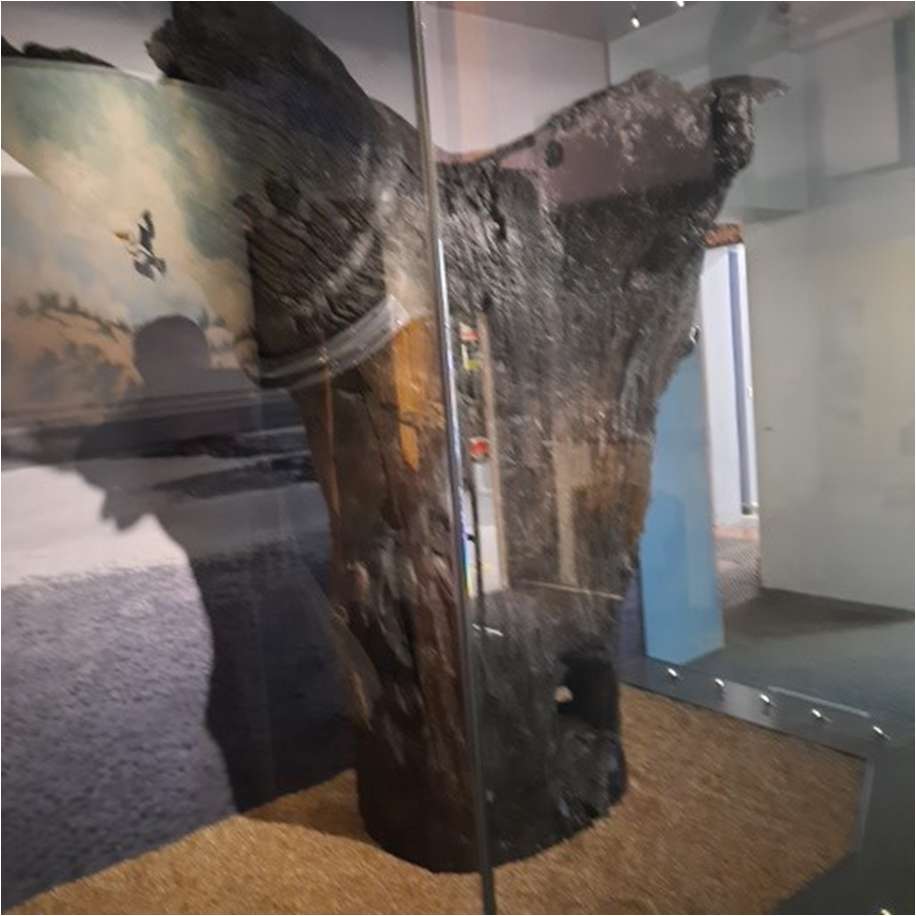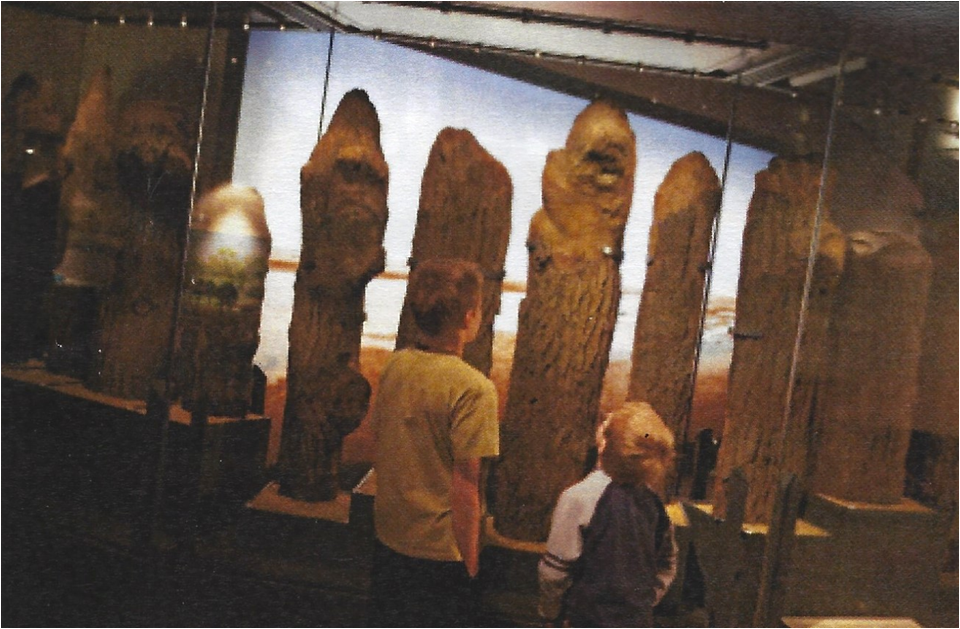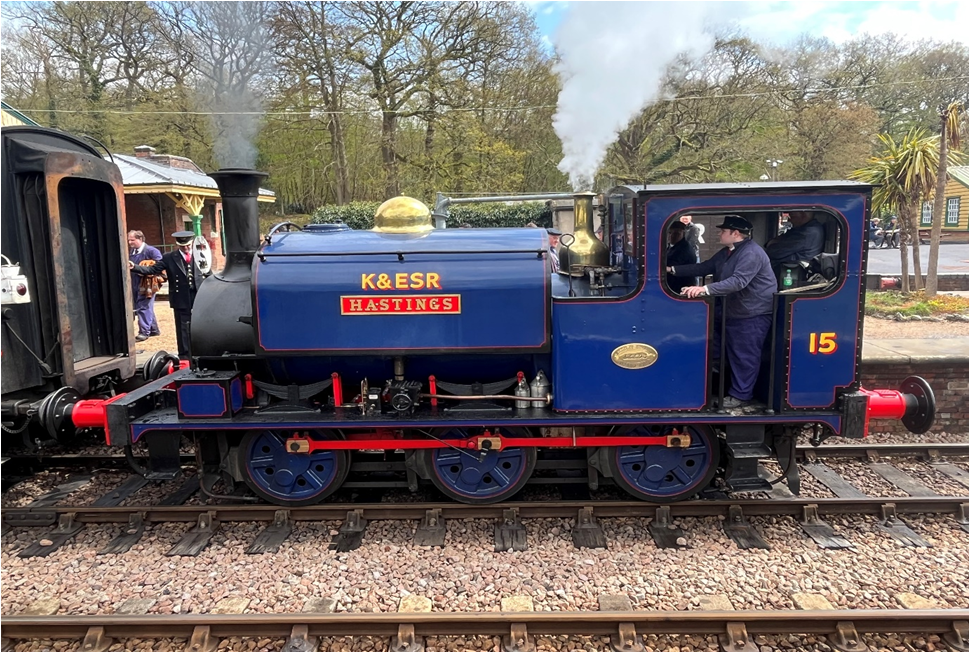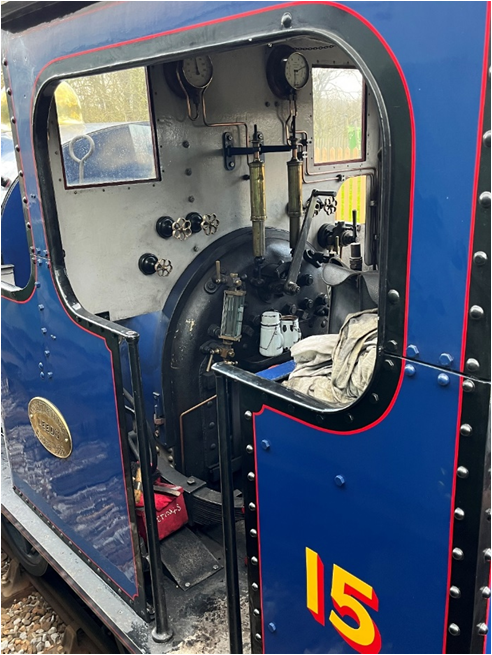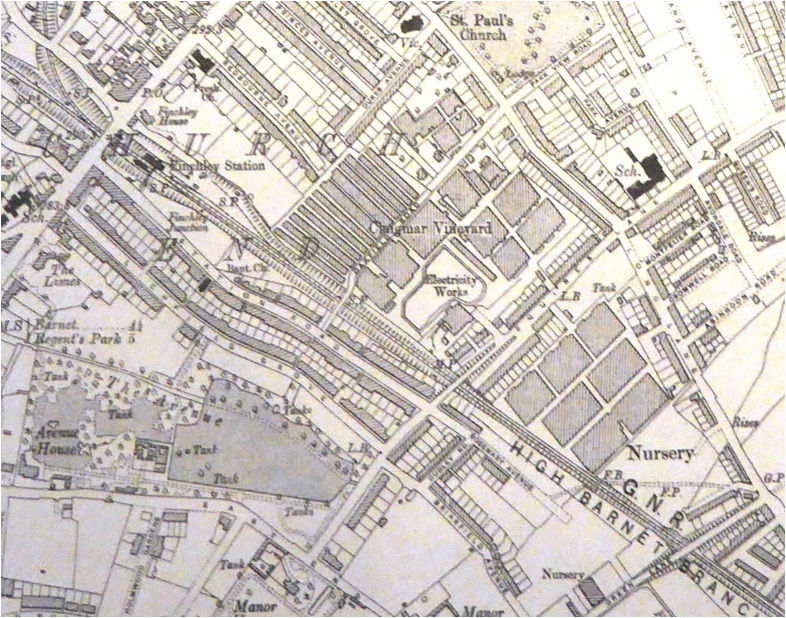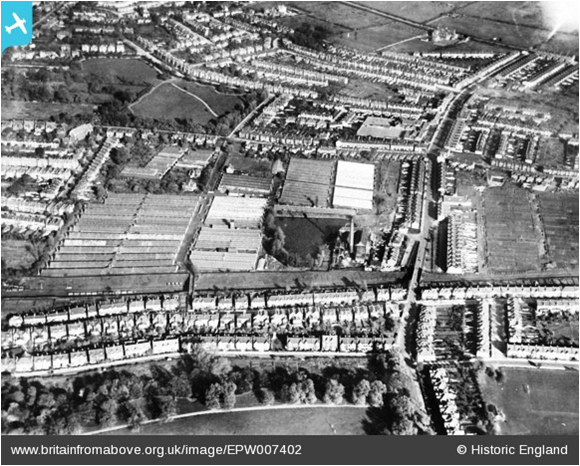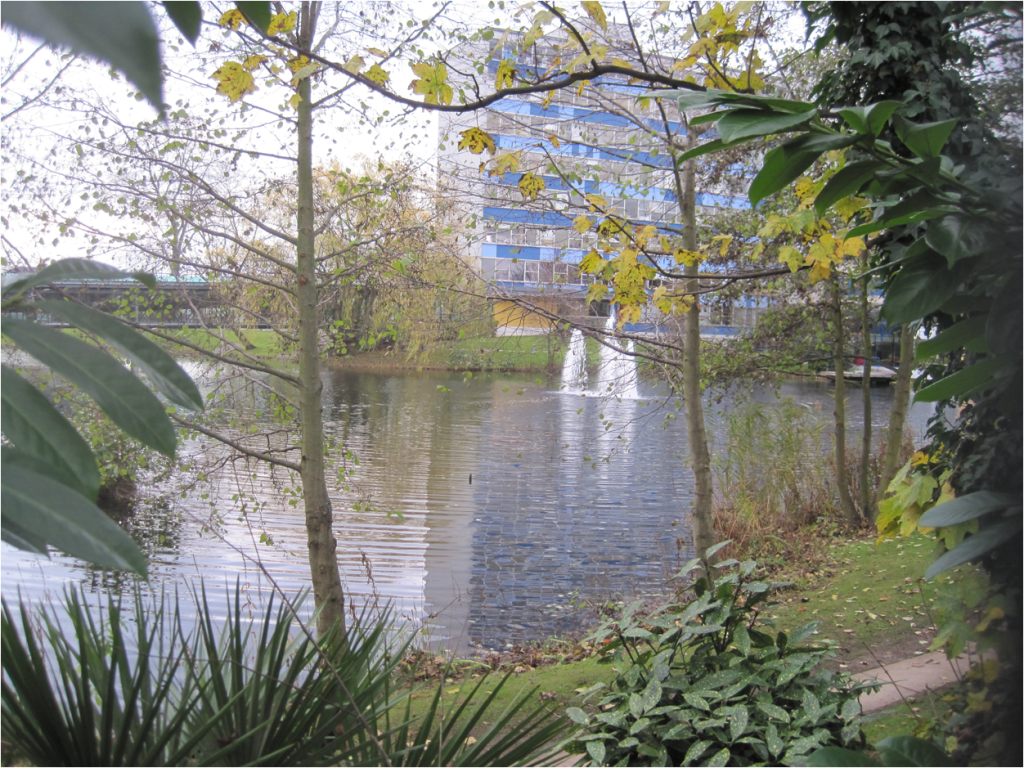
No. 636 March 2024 Edited by Deirdre Barrie
HADAS DIARY – Forthcoming Lectures and Events
Lectures are normally face-to-face, though lectures in winter may be on Zoom. Lectures are held in the Drawing Room, Avenue House, 17 East End Road, Finchley N3 3QE, 7.45 for 8pm.
Buses 143, 125, 326 and 460 pass close by, and it is a five to ten-minute walk from Finchley Central Station on the Barnet Branch of the Northern Line. Bus 382 also passes close to Finchley Central Station.
Tea/Coffee/biscuits available for purchase after the talk.
Tuesday 12th March 2024 – Robin Densem (HADAS) The Battle of the Teutoburg Forest AD9:
The massacre of a Roman Army.
Tuesday 9th April 2024 – Ian Jones, (Chairman of Enfield Archaeological Society) Traders,
Bargees, Ferryman and a Seagull: Life and Work in Roman Pisa
Tuesday 14th May 2024 – Owen Humphreys (Finds Specialist at the Museum of London
Archaeology): London’s Roman Tools.
Tuesday 11th June 2024 – HADAS Annual General Meeting. A talk by Jacqui Pearce: Clay
Pipes.
Tuesday September 12th 2024 – Wendy Morrison (Chilterns Heritage & Archaeology Partnership
(CHAP), Beacon of the Past Hillforts Project.
The Annual Dorothy Newbury Memorial Lecture
Tuesday February 13th 2024 – Jacqui Pearce: “A Life in Sherds”
Jim Nelhams gave a brief introduction about the life of Dorothy Newbury, who played such a lively and productive part in HADAS for so many years, and who was awarded an MBE for services to HADAS and the community.
In her talk, Jacqui Pearce looked back over half a century of developments in the world of ceramic studies in London, focusing particularly on fabric identification, the medieval and later pottery-type Series, studies of excavated kiln sites, archaeological biography as seen in major household clearance assemblages, clay pipe studies and the importance of professional and non-professional archaeologists working together, especially through HADAS evening classes over several years
1
Her interest in history began very early, when as a child she saw illustrations of prehistoric life by the Czech artist Zdenek Burian. Later she read novels about the Romans by Rosemary Sutcliffe and those about Vikings by Henry Treece.
In 1977 she joined the Museum of London’s Department of Urban Archaeology and has served as Joint Editor of Medieval Ceramics as well as Post Medieval Archaeology. She has published widely and is now a Senior Ceramics Specialist with MOLA. In 2017 she was elected President of the Society for Post Medieval Archaeology.
January Afternoon Tea Jim Nelhams
There being no lecture in January, thirty people, HADAS members and guests, assembled at Avenue House on Sunday 21st January for afternoon tea. Of those, twenty-one had been on our five-day coach trips, which sadly ended after our stay at Aberavon in 2019, so quite a re-union. So nice to meet up with some that we had not seen for some time, especially Micky Watkins, Kevin McSharry and Andrew Selkirk and his wife, Wendy.
A tasty finger-buffet plus tea/coffee was provided by the friendly Avenue House staff, supplemented by delicious cakes baked by our chairman’s wife. In between the chatting, there were two table quizzes compiled by Jim Nelhams to test knowledge and memory.
Many appreciative comments were received in the post and by email, including suggestions that we should organise a similar event in the summer.
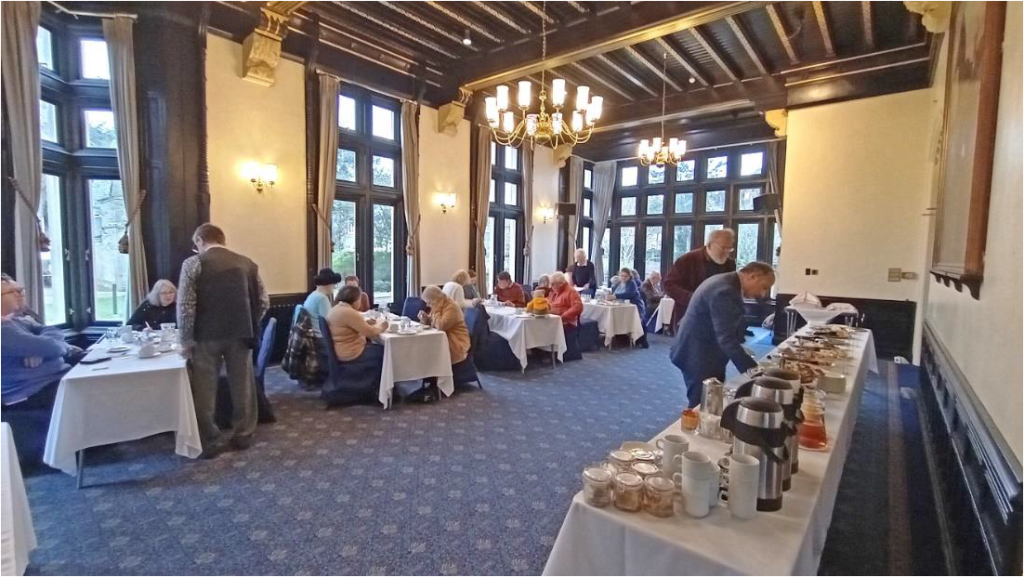
2
WELSH HARP OPEN DAY VISIT Andy Simpson
On Saturday 3 February 2024 I was able to attend the special Welsh Harp open day, along with friend Neil Weston, whom some readers know. As mentioned in my article in the February newsletter, this was in conjunction with the total draining of the 50 hectares of open water at the Welsh Harp reservoir (reduced from its original 79 hectares over the past 90 years or so by filling in and silting up) necessitated by repairs by the Canal and River Trust to the chains and rods that operate the two automatic sluice gates.
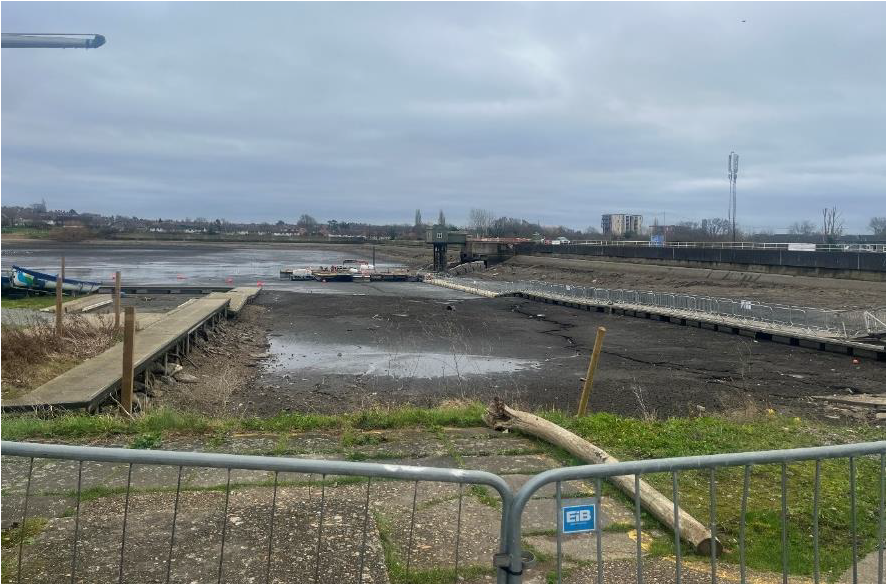
The weather was breezy but kind and there was an excellent turn out with over 600 visitors; We were divided into tightly timed groups and escorted along the top of the 600m/1,968ft long dam, which holds back a million cubic metres of water, and is 9.3m/30ft tall, to get views of the tower and outlet to the River Brent and the feeder to the Regents Canal at Paddington via Neasden and Stonebridge at the Wembley end of the site.
We saw workers retrieving fish – including a huge carp – to be rehomed elsewhere, before the reservoir is restocked with native fish species after refilling, probably in March 2024. There were supporting stalls, film shows, and information displays and plenty of helpful Canal and River Trust Staff and volunteers were on hand to help, along with the essential portaloos and a coffee stall!
Our guide mentioned that the Brent side of the dam is covered in grass with no shrubs permitted. This is because if a patch of grass gets extra verdant it may indicate a water leak!
3
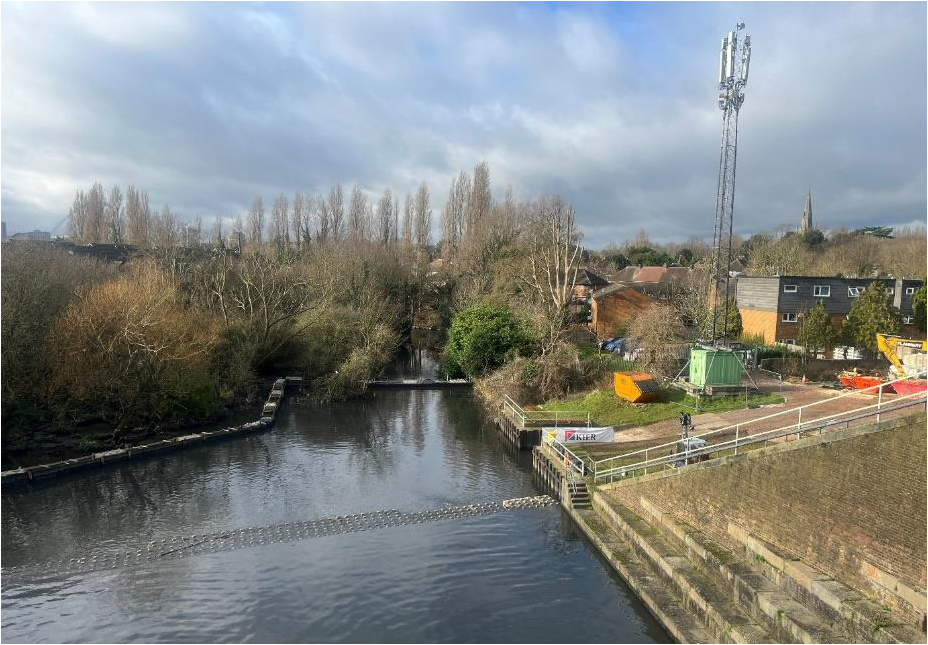
************************************************************************************************
Rita Peters, who was a long standing HADAS member, died on 1st December 2023, aged 95. She lived in Hendon Lane, Finchley, but grew up in Kent. She used to go on the summer outings and was a bit of a character. She was also a member of the North London University of the Third Age.
When working, she was an astute business woman who ran a successful ladies’ wear shop in Oxford Street. In retirement, she found time for her interest in art, architecture and archaeology. One of her favourite places was Dulwich Picture Gallery, which she would visit with her art history friends, as well as attending lectures there. In architecture she discovered the U3A Shape of London group, led by a retired architect, giving fascinating talks and taking members on study tours (similar to HADAS Long Weekends). She was Jewish, but not observant, but was fully alert to her traditions and history.
************************************************************************************************
Current exhibitions in London Stewart Wild
There are two fine exhibitions on at the moment in London that may be of interest to HADAS members.
Legion: Life in the Roman Army, British Museum
Ground Floor Room 30, February 1 to June 23, 2024; 10:00 to 17:00hrs daily (Fridays to 20:30hrs)
www.britishmuseum.org/exhibitions/legion-life-roman-army
This look-at-life in the world’s pre-eminent fighting force 2,000 years ago is very illuminating. The Roman Empire spanned over a million square miles at its height, held together by military might.
Where did recruits come from? What about citizenship? How big was your unit? How comfortable was your uniform; how effective were your weapons? There’s lots to learn about the Roman invasion and occupation of England. Were the troops paid? Could their families join them in the fort? Pay,
4
discipline, health, rules and regulations, entertainment, retirement are all featured. This wide-ranging exhibition is well worth the entrance fee at £22 Monday to Friday (£24 Saturday/Sunday).
Over-60s £11 after 12:00 on Mondays. (Need to book online or call box office on 020 7323 8181).
Members free; accompanied under-16s free (booking required).
Spies, Lies and Deception, Imperial War Museum,
Fifth floor, September 29, 2023 to April 14, 2024; 10:00 to18:00hrs daily. Entrance free.
www.iwm.org.uk/events/spies-lies-and-deception.
Covering principally World War II and the Cold War, and also with items from the Iraq war, this fascinating collection of disguised equipment, gadgets and personal histories of secret agents covers a number of inter-connected rooms on the fifth floor. Lighting is not always as good as it might be, and I found my torch useful. The displays include military intelligence, deception and camouflage in warfare (even docks and airfields were disguised to mislead bombers), secret listening posts, operation Mincemeat, SOE and MI5. See actual clothing and weapons used by spies, watch video presentations and interviews, and learn of the efforts to counter modern terrorism. But it’s clear that however much we rely on modern technology, you can’t beat the basic skills.
HAYES COTTAGE DIG – Site Code HAY23 Janet Mortimer
On 17th October 2023 Roger Chapman and I carried out a mini dig in the front garden of No. 3 Hayes Cottages, East Finchley at the kind invitation of Sue Barker. The cottage dates back to 1813. We know from research prior to a previous dig in East Finchley that the area was the site of a large pig market founded in the late 17th century and the cottage was adjacent to a drove way.
As there were only the two of us and we only had one day to do it, instead of following the rules of a major dig, we went according to the Time Team Big Dig instructions. We measured out a square metre area and dug in ten-centimetre increments. We had intended to go down to a depth of one metre, but due to time constraints and the ever-growing spoil heap that was threatening to envelop Sue’s lovely garden, we managed around half of this. However, we did accumulate a wealth of finds in this small area. The finds were bagged and sent to Avenue House for processing by the Sunday morning team.
First the finds were washed, then recorded on bulk finds sheets. They were then formally recorded, identified and dated before being marked with the site code and context number. The best finds were: –
1. A 303 calibre rifle bullet, which was standard British army issue, possibly from the Home Guard during World War 2
2. An almost intact glass stopper from a sauce bottle.
3. A pottery base sherd with a partial maker’s mark from John Meir & Son, which would have been produced between 1837 – 1897.
4. Part of a clay pipe bowl and stem with a maker’s mark S – L, which was dated between 1780 and 1820.
Other finds were:
Clay pipes – small pieces of bowl and stem, most of which were difficult to date but some were identified as dating back to 1700-1770.
5
Glass – Pieces of window glass, milk bottle, Codd bottle (dated 1870-1950), tumbler and green glass medicine bottles.
Pottery – There was a good selection of post med pottery (1580-1900), including yellowware, stoneware, refined whiteware, transfer printed ware, English porcelain (the hand of a figurine), Staffordshire slipware and the oldest was the Frechen stoneware dating from 1550 to 1700.
Ceramic building material – grey slate, brick, glazed tile, mortar, concrete, roof tile (including peg tile) and pantile with hole.
Miscellaneous – There was also coal and clinker, probably from a domestic fireplace, a small amount of animal bone, some corroded iron nails, burnt flint and a few shells, identified as whelk and winkle.
As this was a domestic garden which has obviously been dug many times over the years, and possibly had material imported into it over the last two centuries, we cannot be sure of the context of the finds, but it was nevertheless an interesting and productive dig. The records will be added to the HADAS archive, and the finds will be returned to Sue.
6
ROMAN FUNERARY BED DISCOVERED AT HOLBORN Deirdre Barrie
Ongoing excavations by MOLA at a Holborn Viaduct site have uncovered the first complete wooden Roman funerary bed to be discovered in Britain. The bed was dismantled before being put in the grave but may have carried the deceased from his funeral. It is suggested that the site was used as a cemetery during the Roman period AD43-410. The grave would as customary have been next to a Roman road, in this case Watling Street. Other finds include high status jewellery and a lamp decorated with a gladiator.
Excavations at Holborn Viaduct reveal complete Roman funerary bed | MOLA
Other Societies’ Events Eric Morgan
Note: Not all Societies or organisations have returned to pre-Covid conditions. Please check with them before planning to attend.
Sunday 7th April, 10.30 am – 5 pm. Avenue House Spring Fair. Finchley Women’s Institute present their first fair. Over 40 stalls, offering an exciting variety of gifts and treats created by local artisans at affordable prices. Free admission. https://www.stephenshouseandgardens.com/
Monday 8th April, 3 pm. Barnet Museum and Local History Society. St. John The Baptist Church, Chipping Barnet, corner High Street/Wood Street, Barnet, EN5 4BW. Swinging London – An Illustrated Timeline of London in the 60’s. Talk by Nick Dobson. Please visit www.barnetmuseum.co.uk for details.
Tuesday 9th April, 6.30 pm. L.A.M.A.S. Talk on Zoom. Syon Abbey Revisited: Reconstructing Late Medieval England’s Wealthiest Nunnery. By Bob Cowie. Details on Eventbrite. Booking is essential on www.lamas.org.uk/lectures.html.
Wednesday 10th April, 8 pm. Hornsey Historical Society. A Devilish Kind of Courage: Anarchists, Aliens and The Siege of Sidney Street. Talk by Andrew Whitehead. Venue to be arranged. Also on Zoom. Please visit https://hornseyhistorical.org.uk/events/ for link.
Sunday 14th April, Avenue House, Private World of Spike Milligan. Opportunity to take a look at Spike’s unseen archive, guided by his daughter Jane Milligan. Small groups.
7
Thursday 18th April, 8 pm. Historical Association – Hampstead and North West London Branch. Fellowship House, 136A, Willifield Way, London, NW11 6YD. (off Finchley Road, Temple Fortune). Justinian. Talk by Dr. Eric Bacton (F.H.A). Hopefully, also on Zoom. Please email Dr. Dudley Miles (HADAS member) on dudleyramiles@googlemail.com or telephone 07469 754075 for details of link and how to pay (There may be a voluntary charge of £5). Refreshments to be available afterwards.
Wednesday 24th April, 6 pm. Gresham College. Talk on Zoom. The Western Magical Tradition. By Ronald Hutton. Ticket required. Register at https://www.gresham.ac.uk/whats-on/western-magic. Free. A survey of learned ceremonial magic in Europe throughout history and demonstrates that both of the customary claims made for it by practitioners since the Middle Ages are actually correct and that there is a continuous tradition of it and that it is ultimately derived from Ancient Egypt.
Wednesday 24th April, 7.45 pm. Friern Barnet and District Local History Society. North Middlesex Golf Club, the Manor House, Friern Barnet Lane, London N20 0NL. Robert Paul Films. Talk by Ian Christie. www.friernbarnethistory.org.uk. Non-members £2. Bar will be available.
Thursday 25th April, 7.30 pm. Finchley Society. Drawing Room, Avenue (Stephen’s) House, 17 East End Road, London N3 3QE. The Finchley Society Archives. Talk by Alison Sharpe (Society Archivist). For further details please visit www.finchleysociety.org.uk. Non-members £2 at the door. Refreshments available in the interval.
+++++++++++++++++++++++++++++++++++++++++++++++++++++++++++++++
With many thanks to this month’s other contributors: Eric Morgan; Jim Nelhams, Andrew Selkirk, Andy Simpson, Stewart Wild and Janet Mortimer.
+++++++++++++++++++++++++++++++++++++++++++++++++++++++++++++++
Hendon and District Archaeological Society
Chairman Don Cooper, 59, Potters Road, Barnet EN5 5HS (020 8440 4350)
e-mail: chairman@hadas.org.uk
Hon. Secretary Janet Mortimer, 34, Cloister Road, Childs Hill, London NW2 2NP
(07449 978121) e-mail: secretary@hadas.org.uk
Hon. Treasurer Roger Chapman, 50, Summerlee Ave, London N2 9QP (07855 304488)
e-mail; treasurer@hadas.org.uk
Membership Sec. Jim Nelhams, 61, Potters Road Barnet EN5 5HS (020 8449 7076)
e-mail; membership@hadas.org.uk
Website at: www.hadas.org.uk – join the HADAS email discussion group via the website.
8
